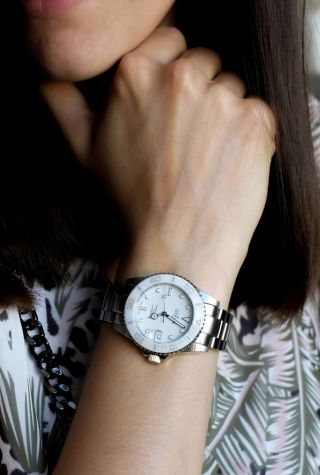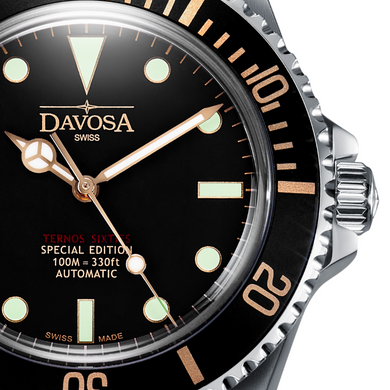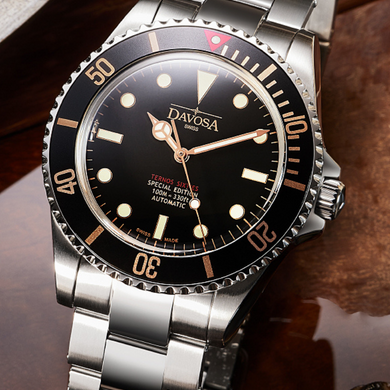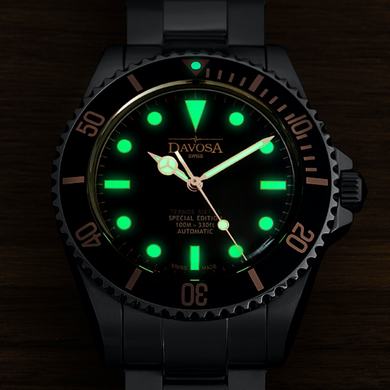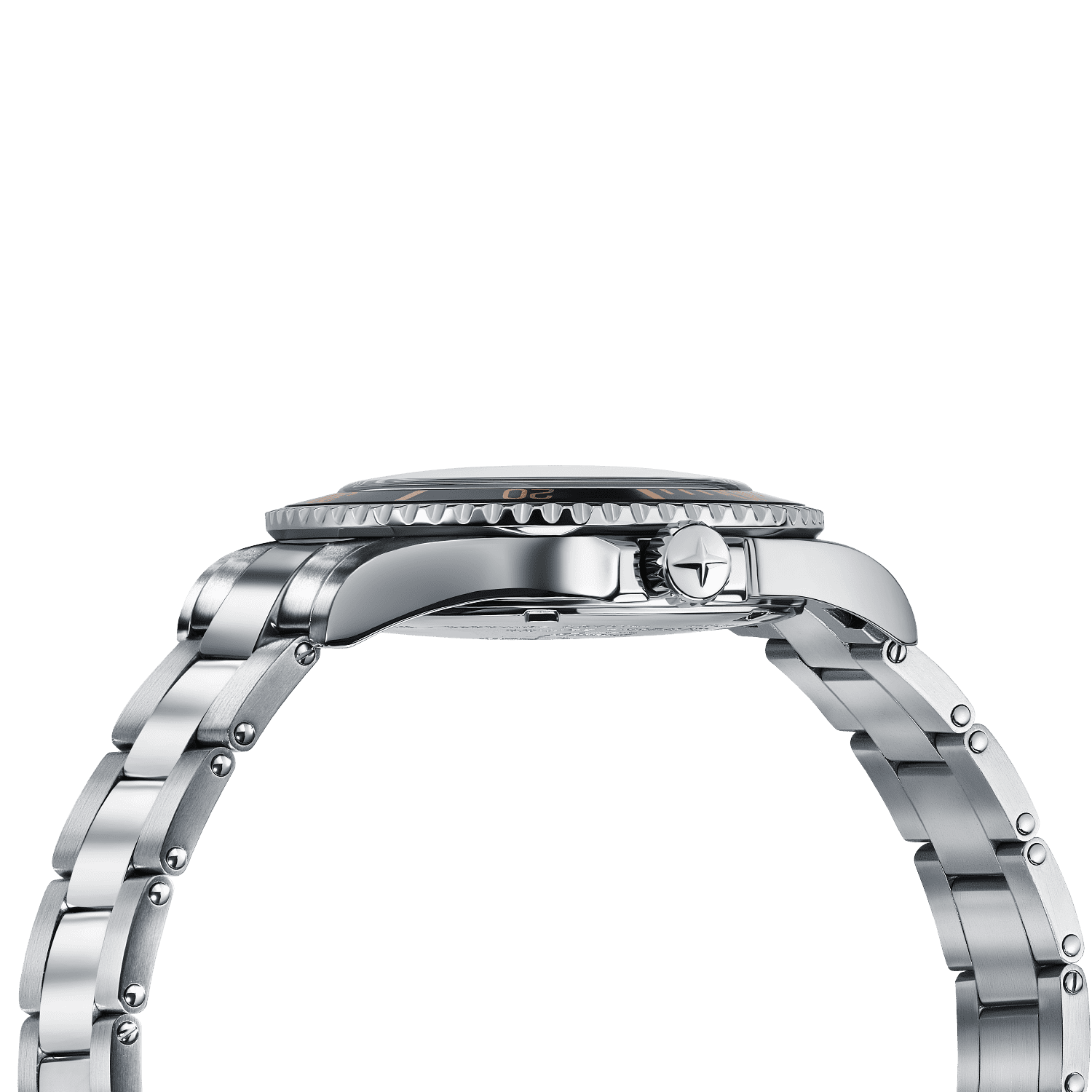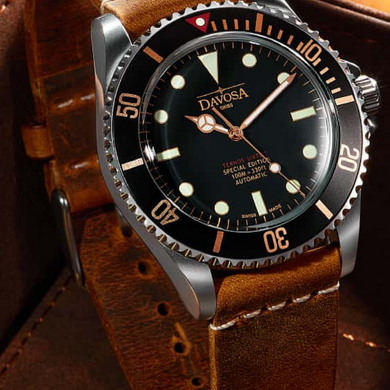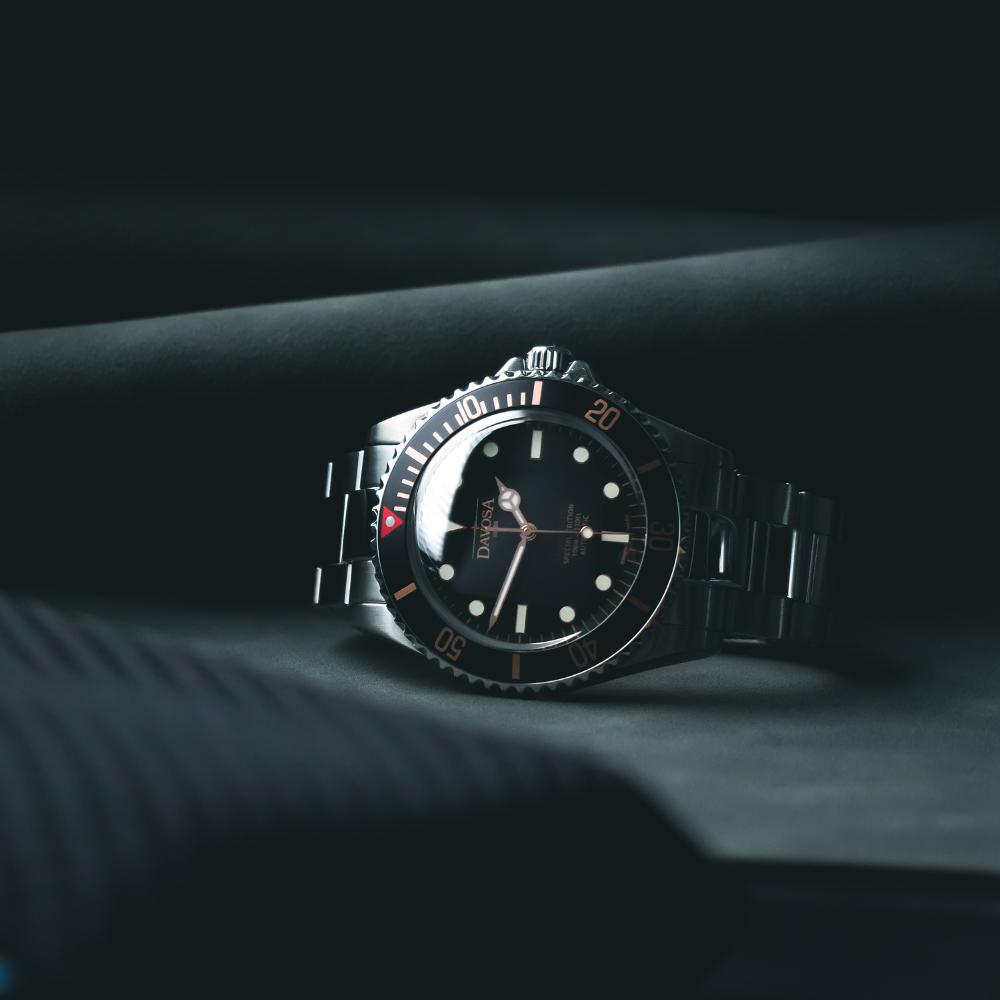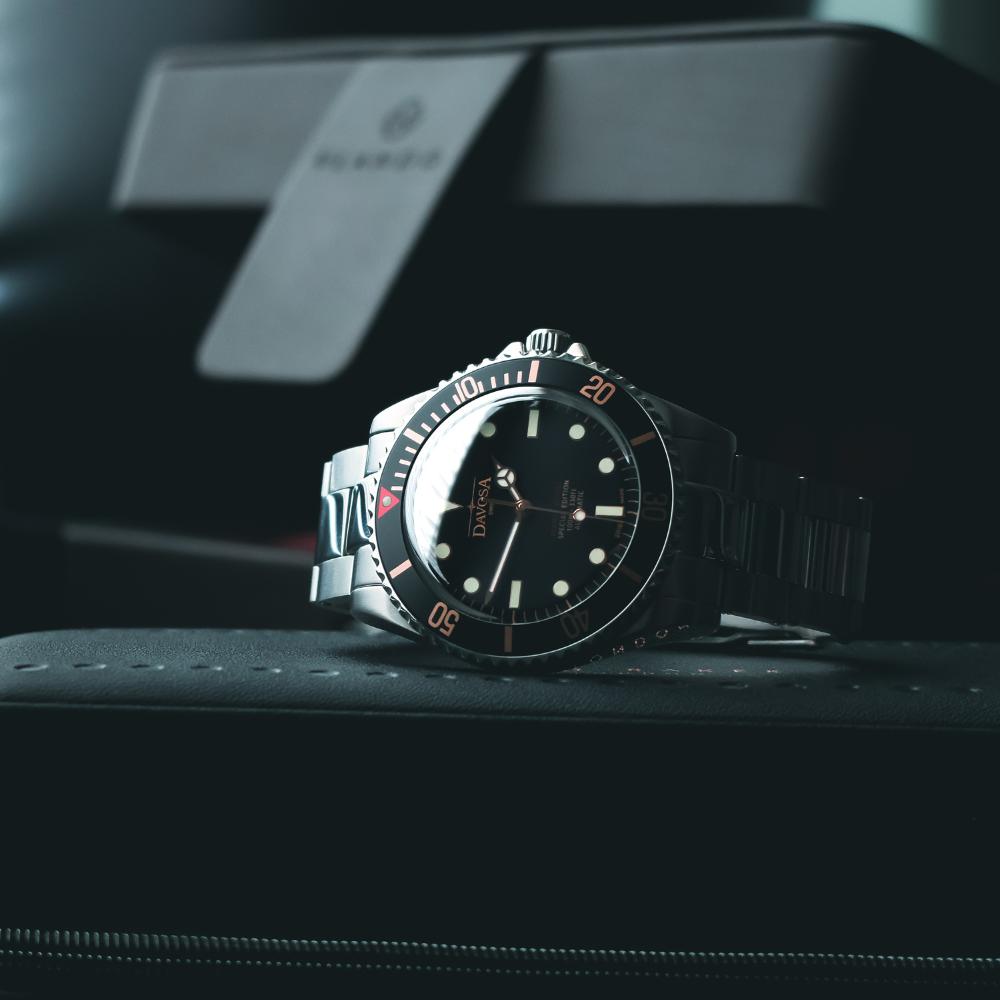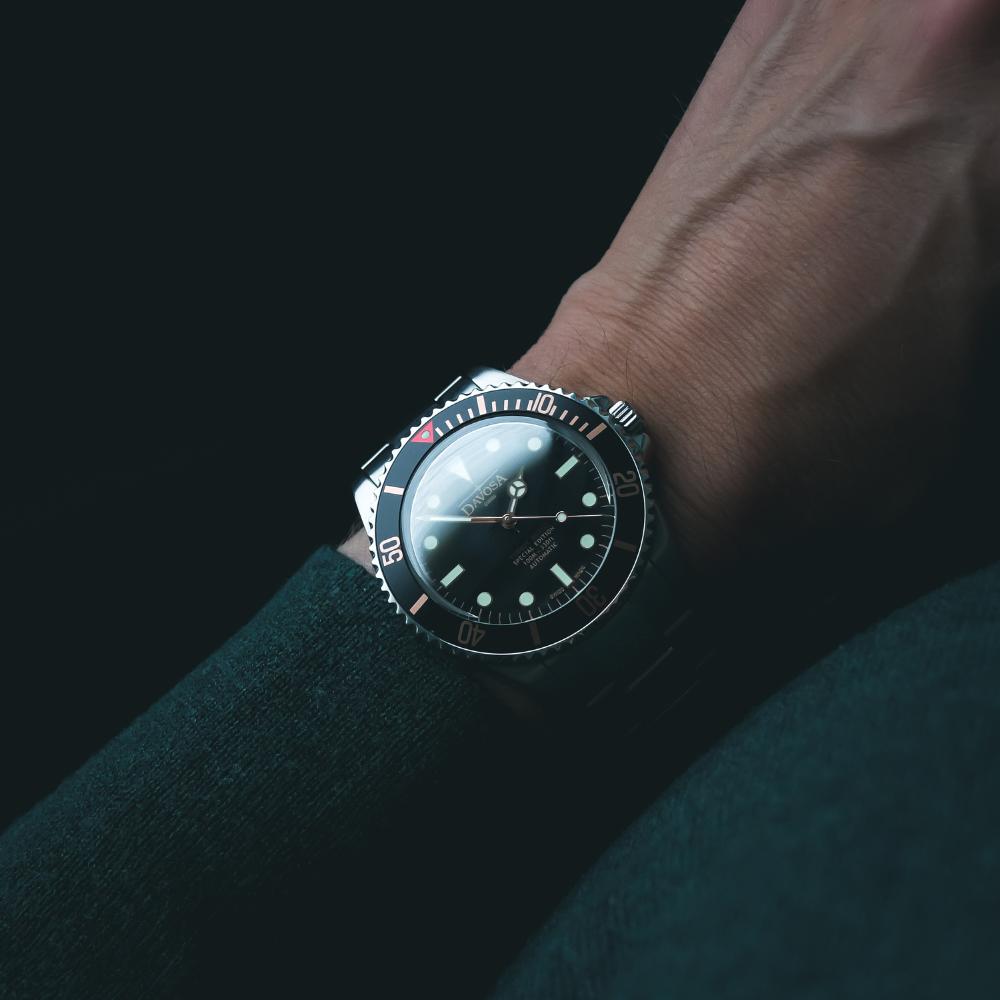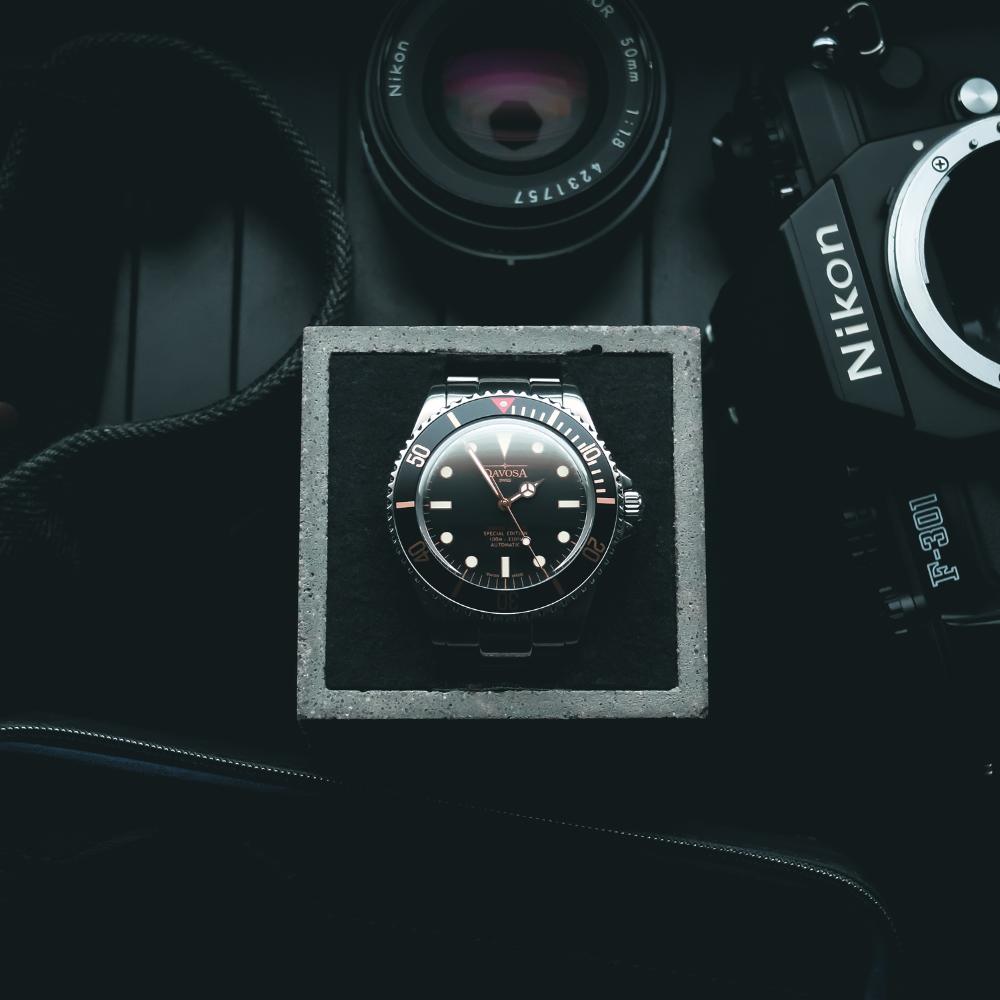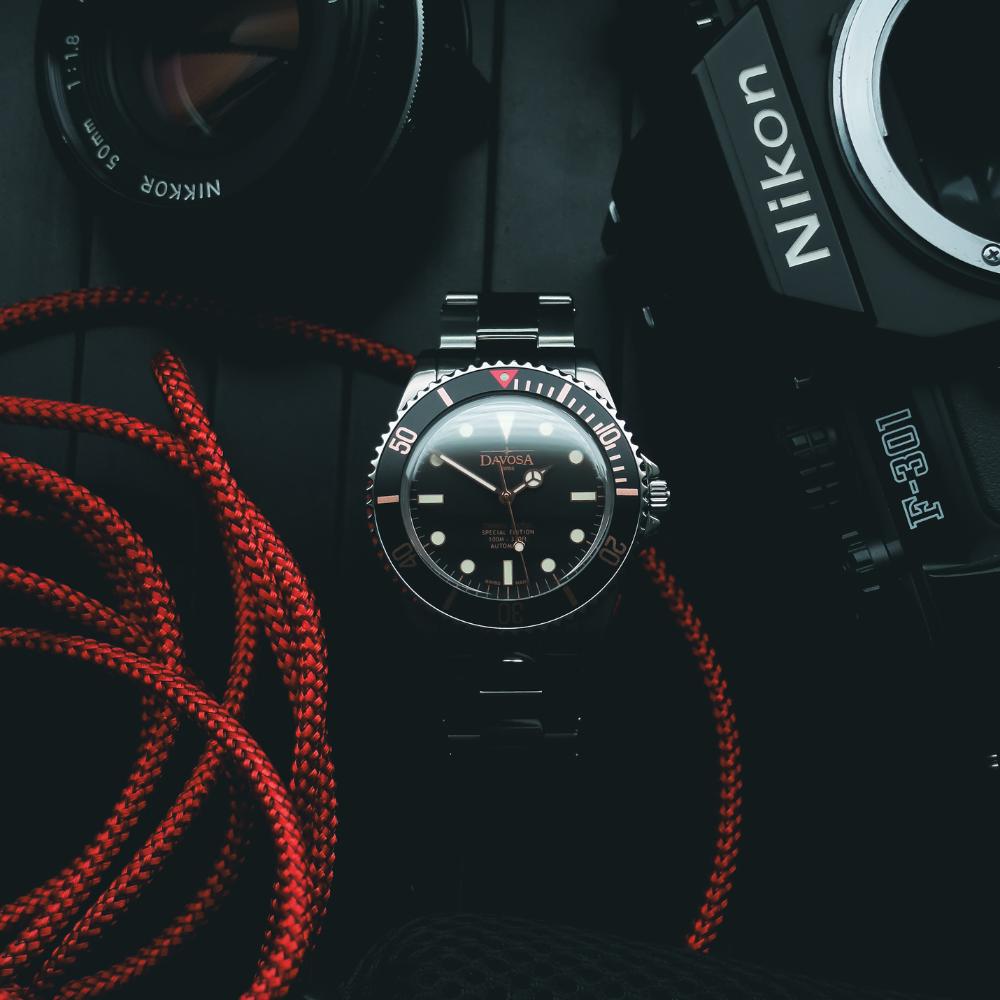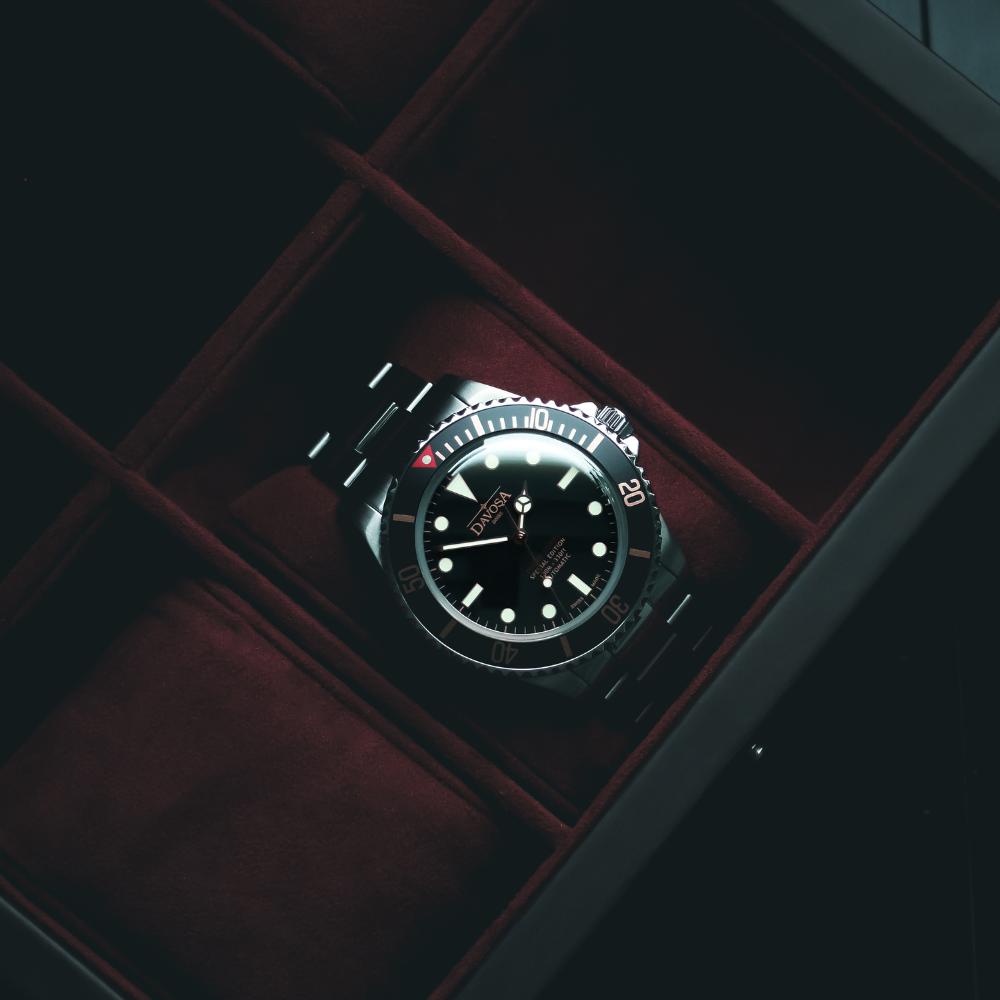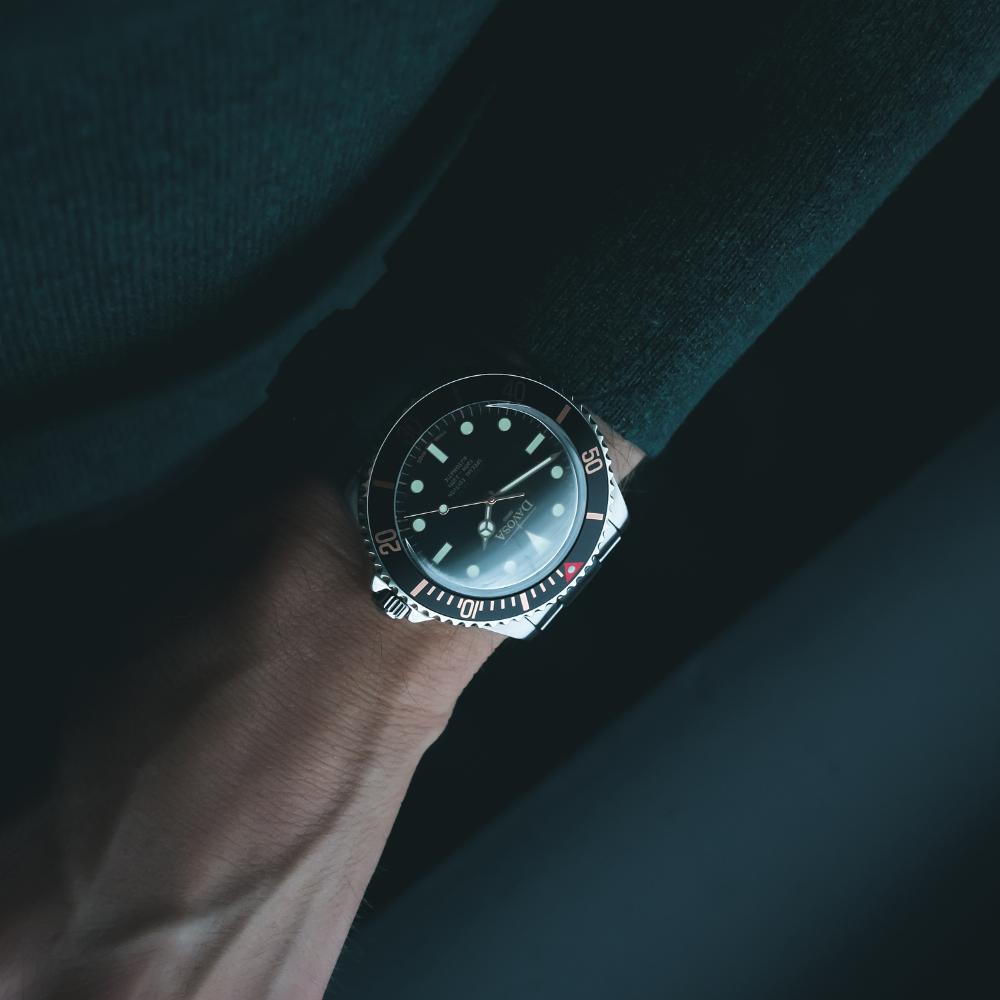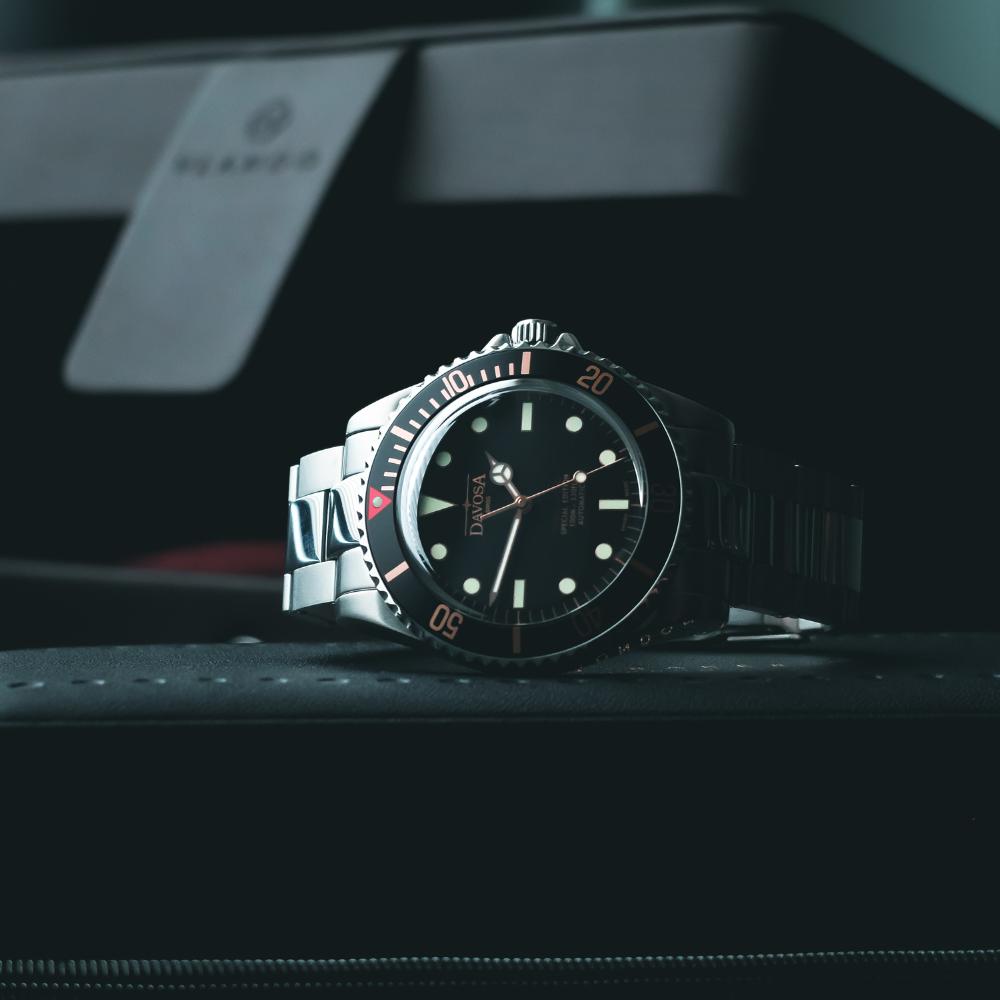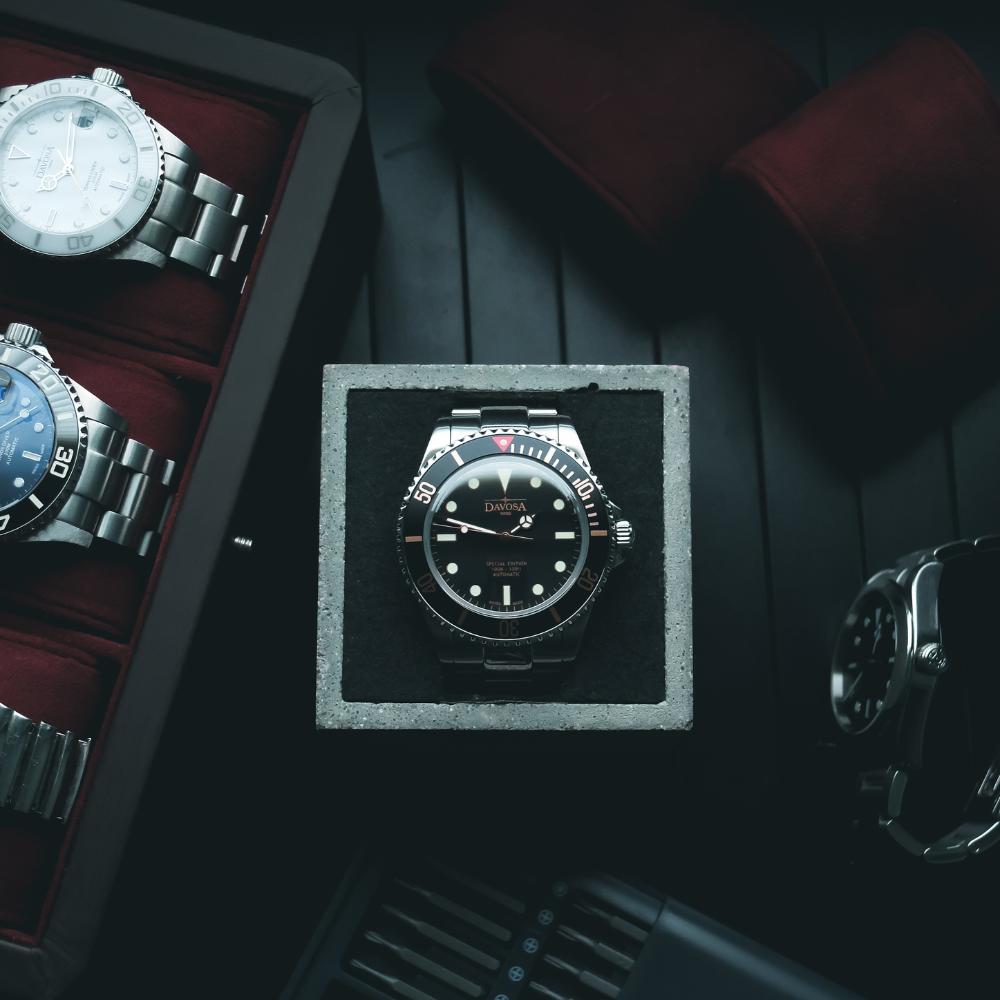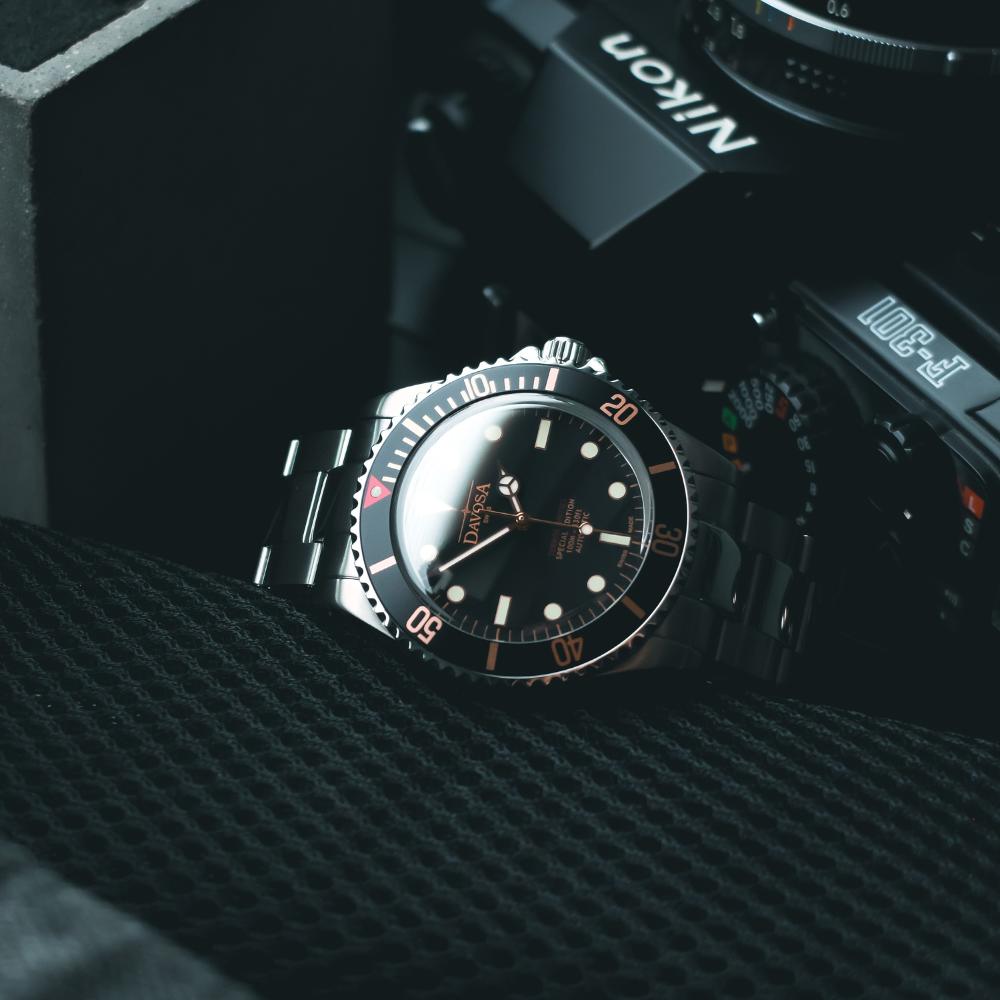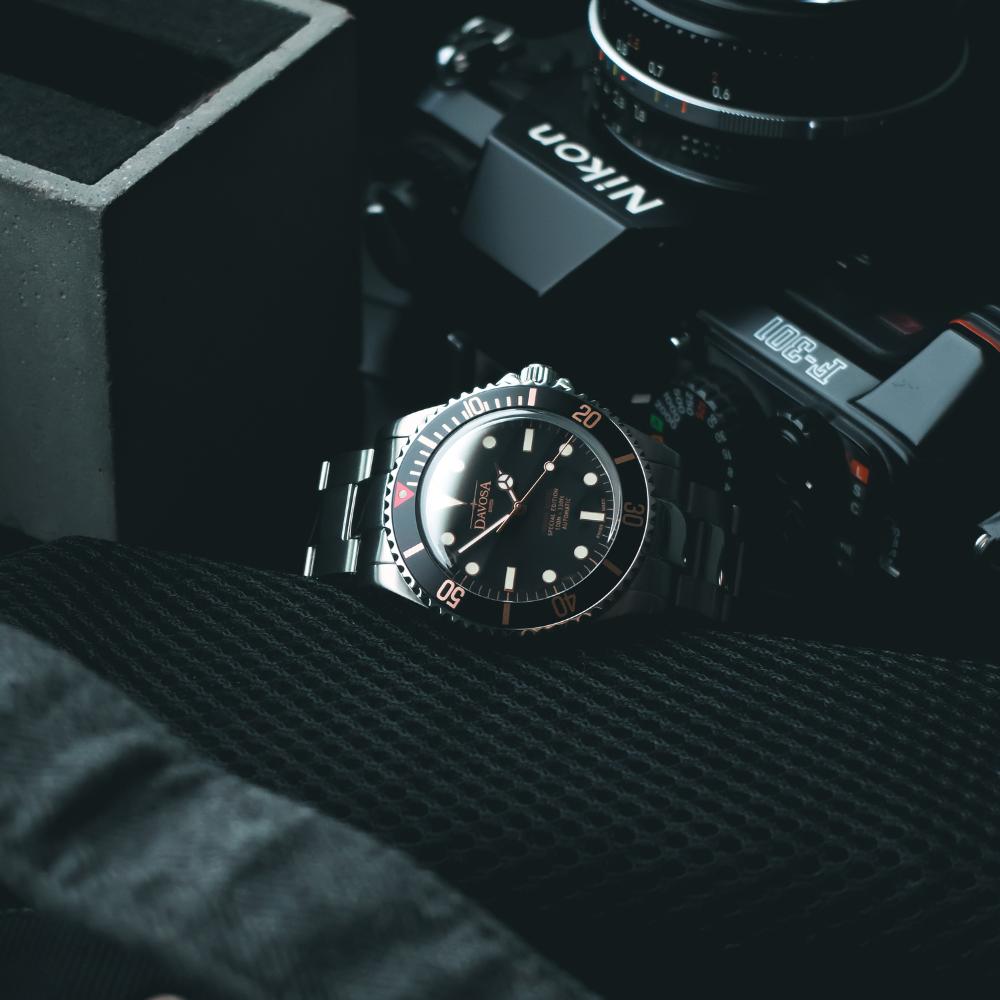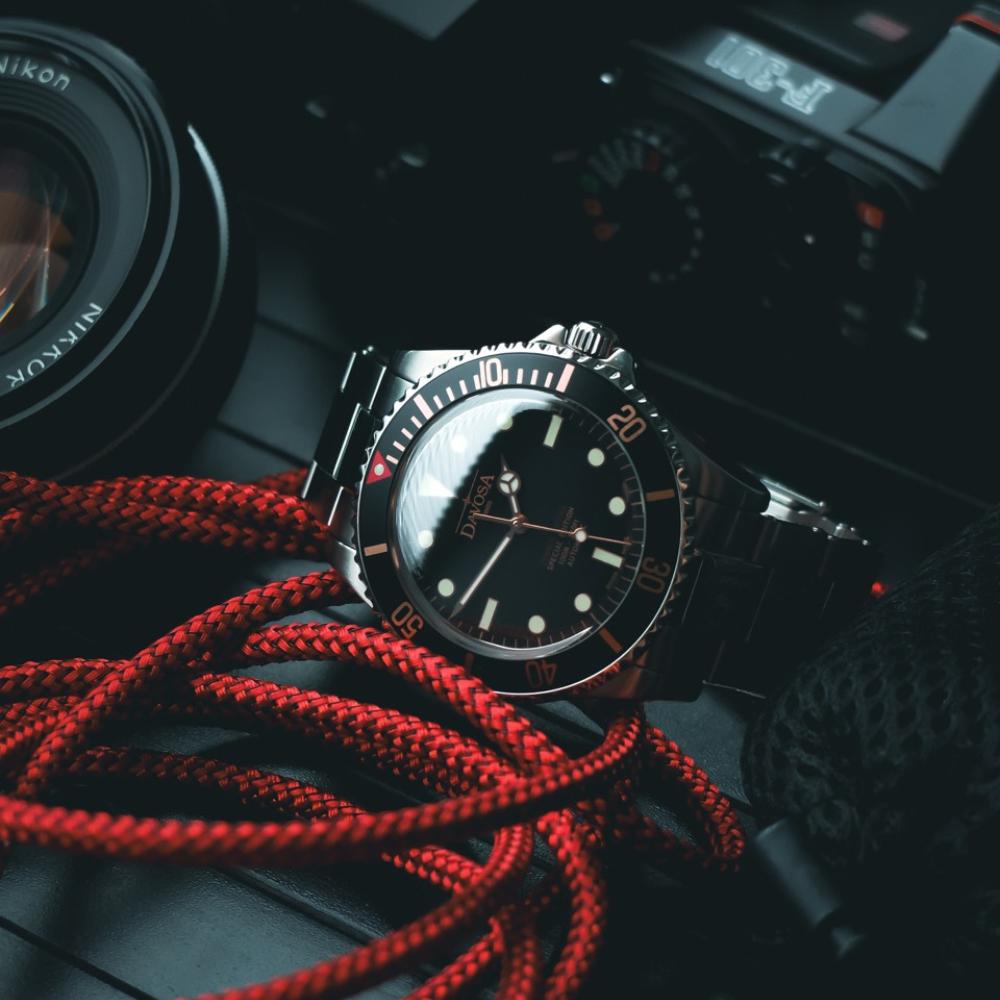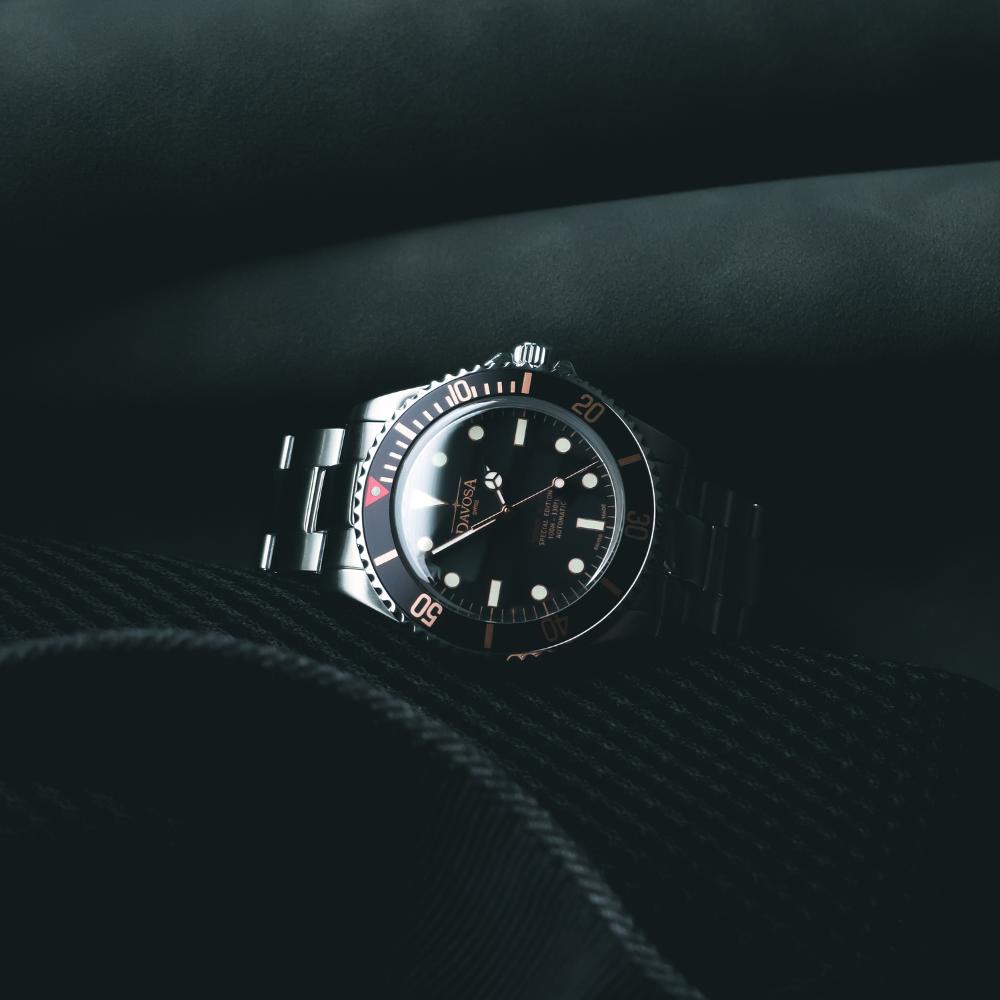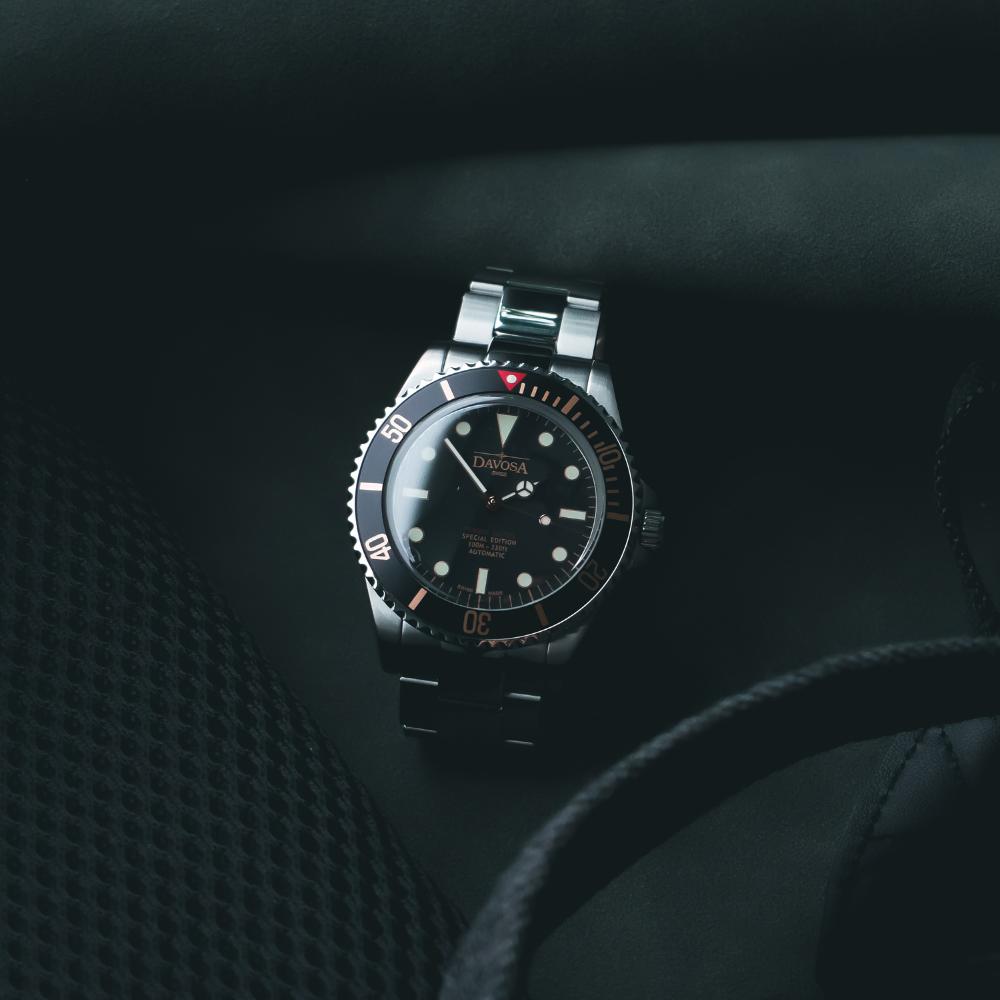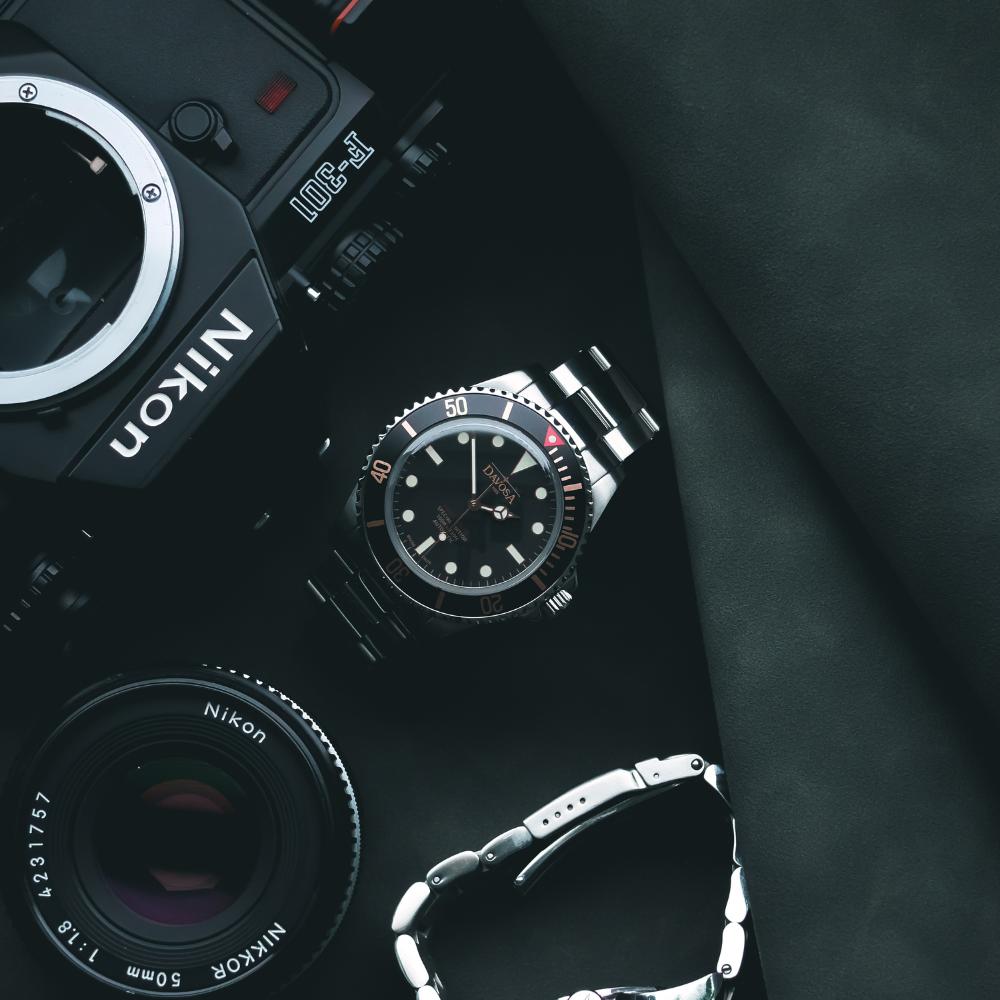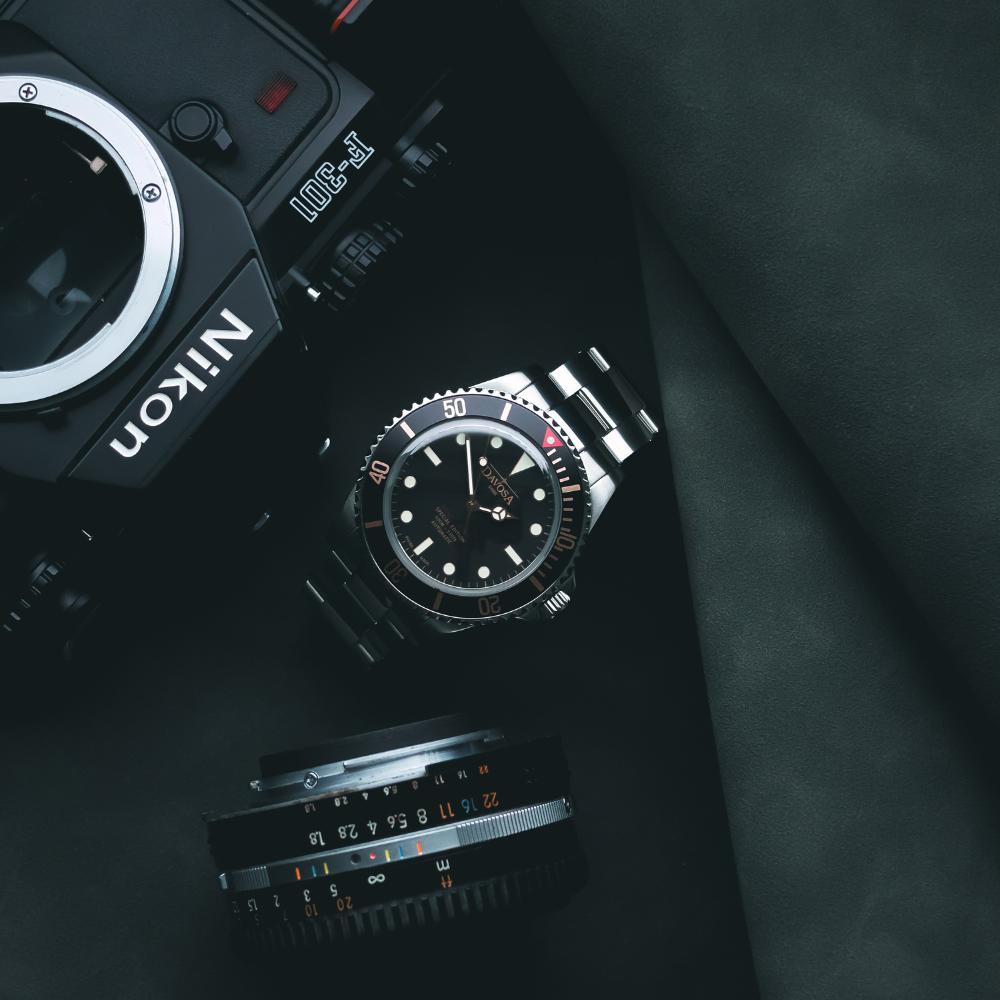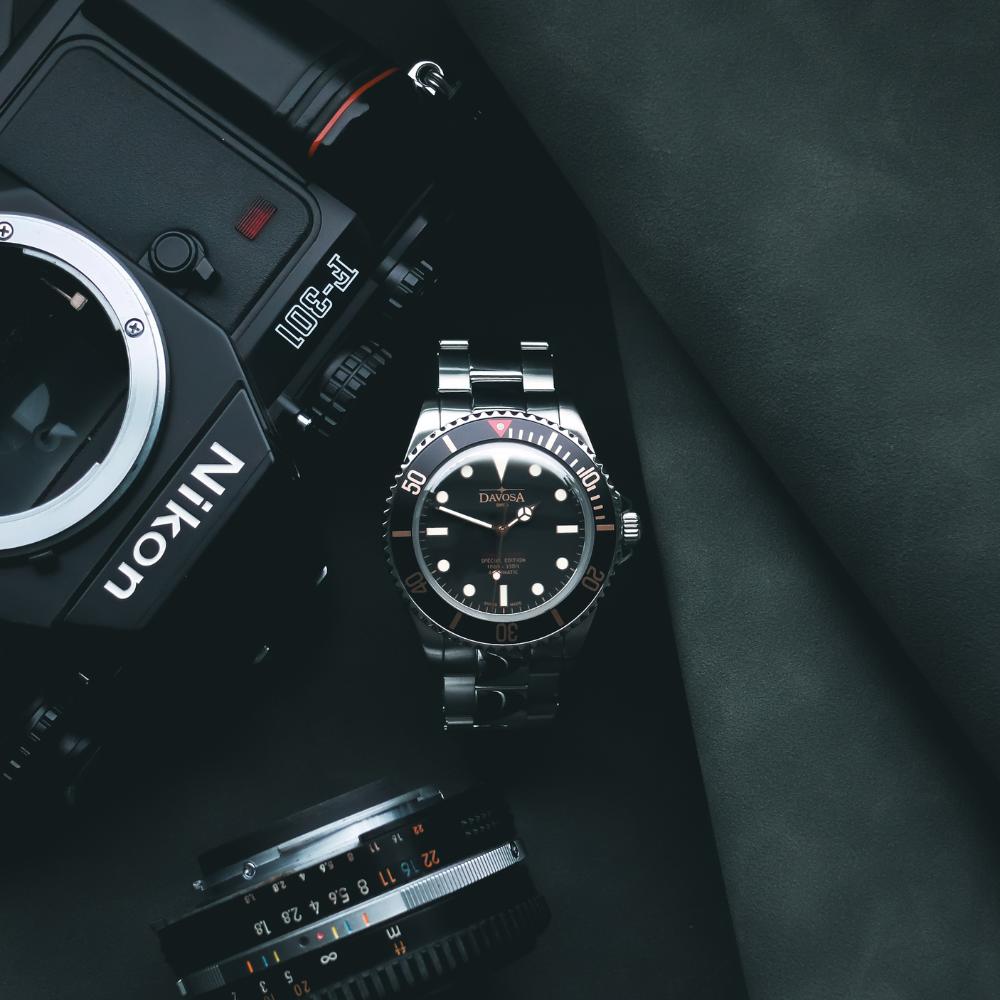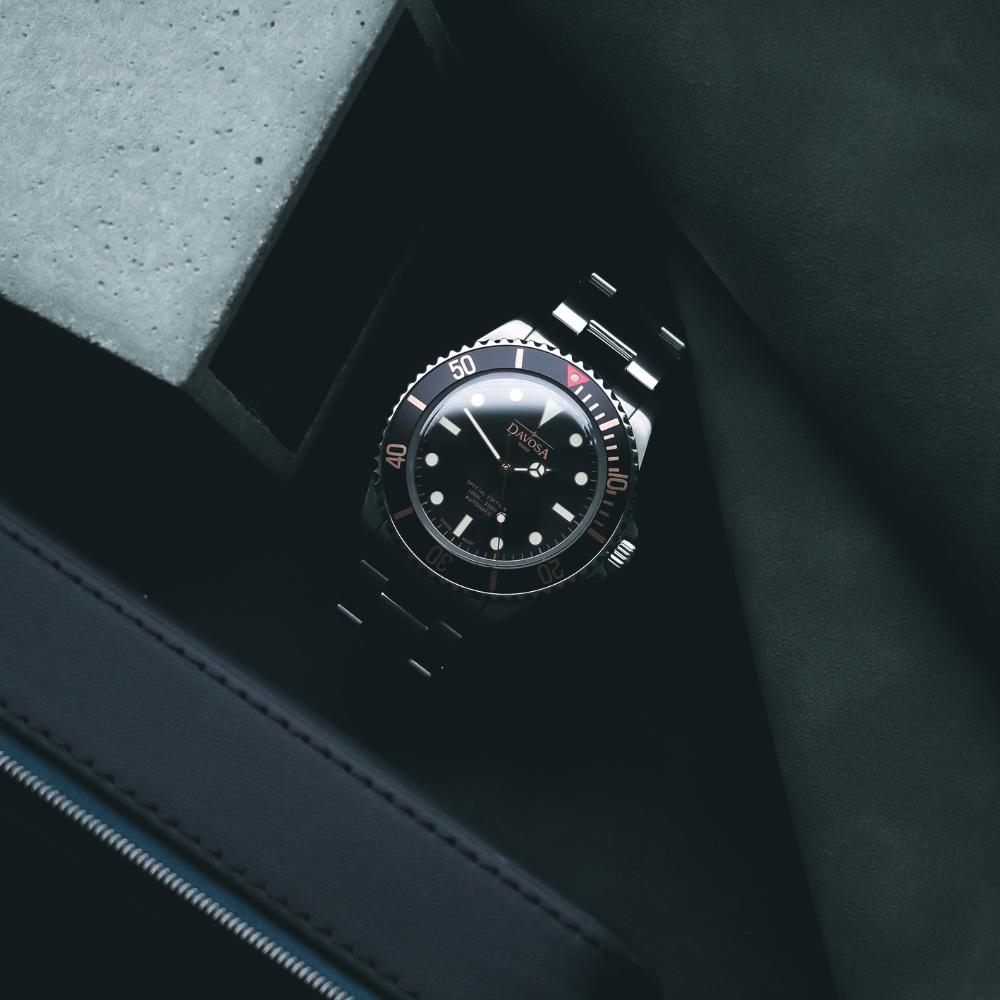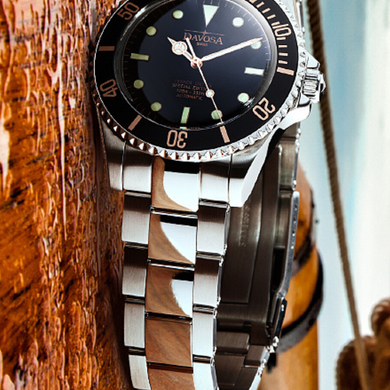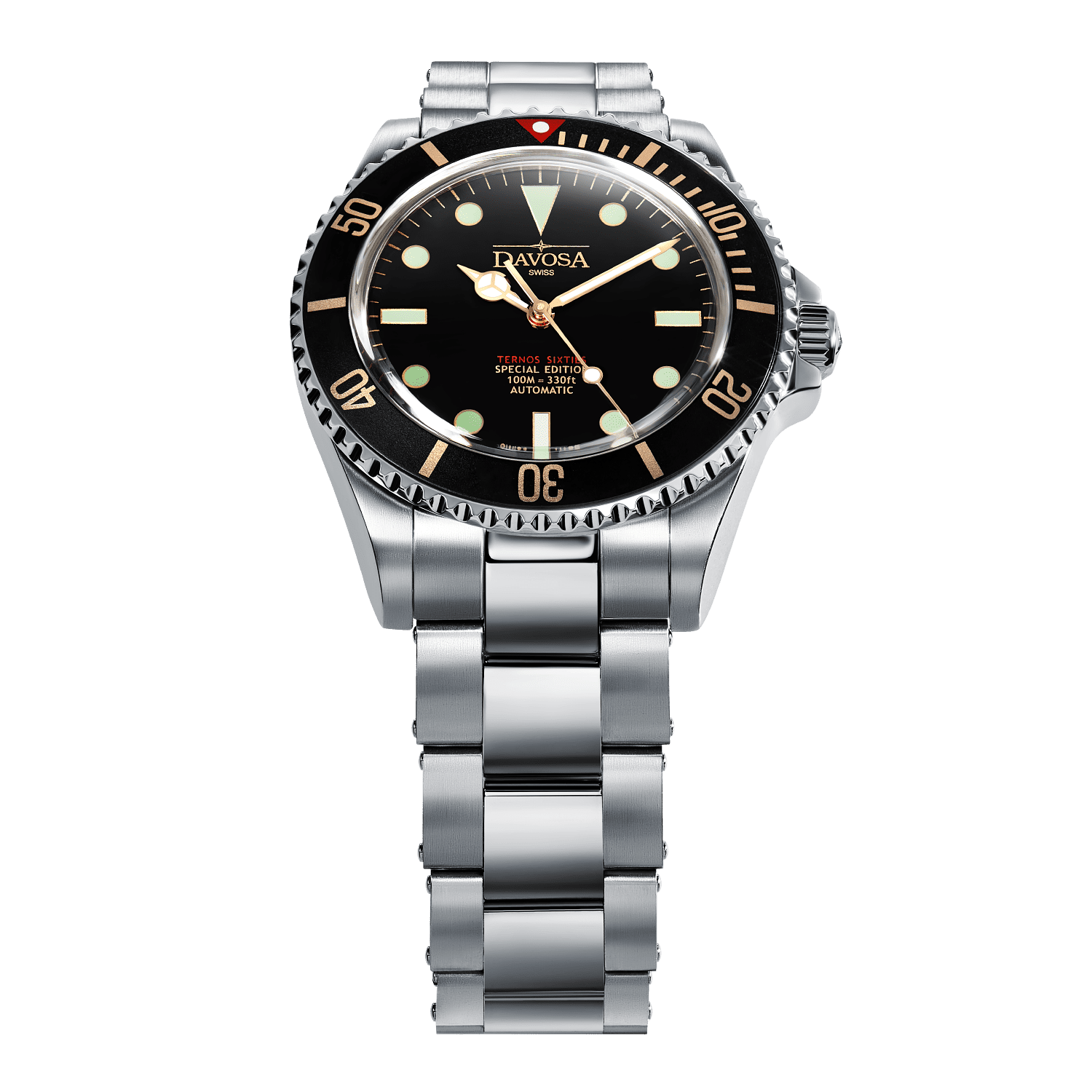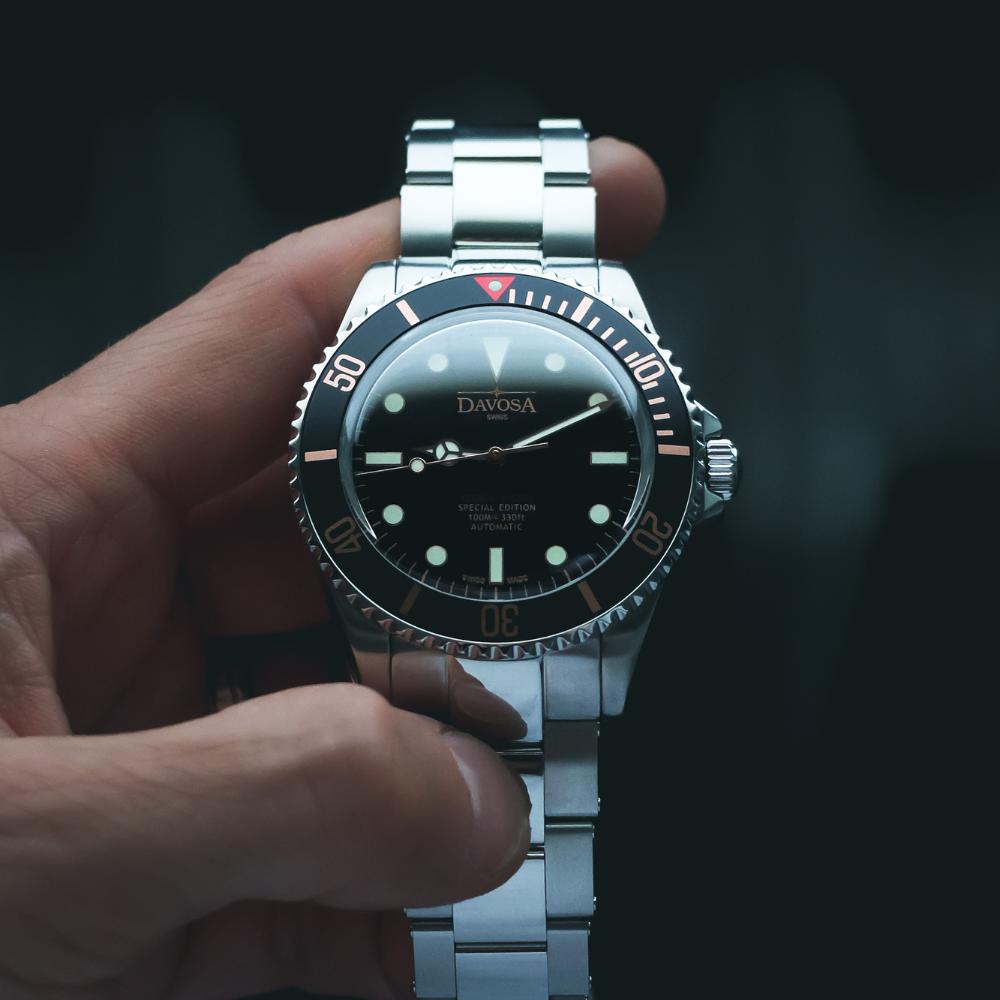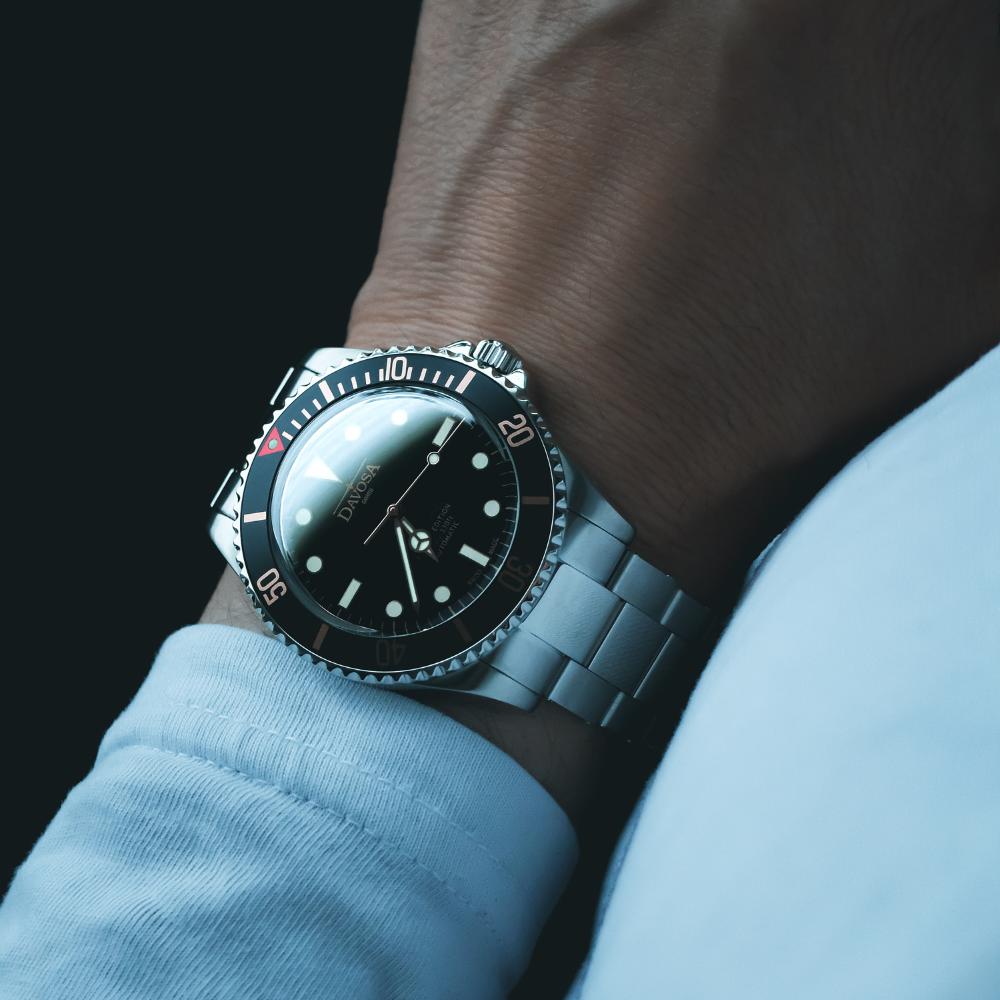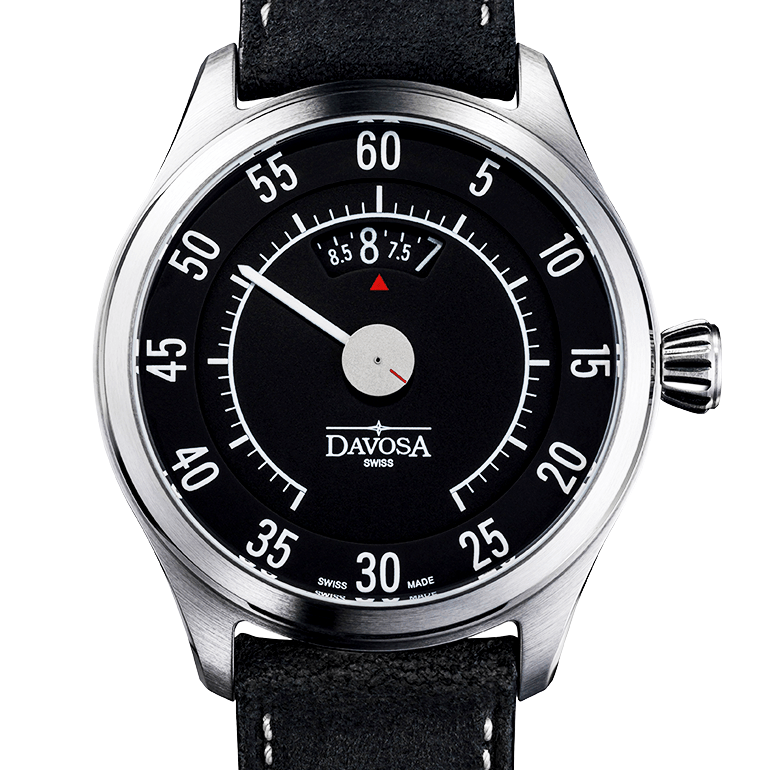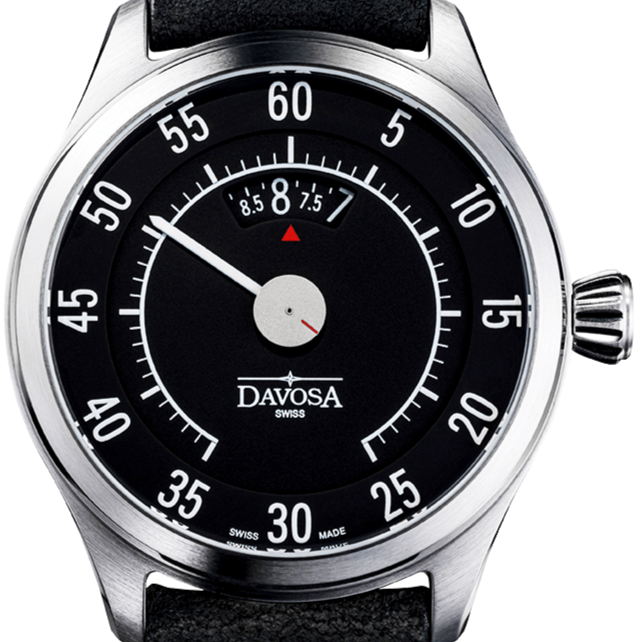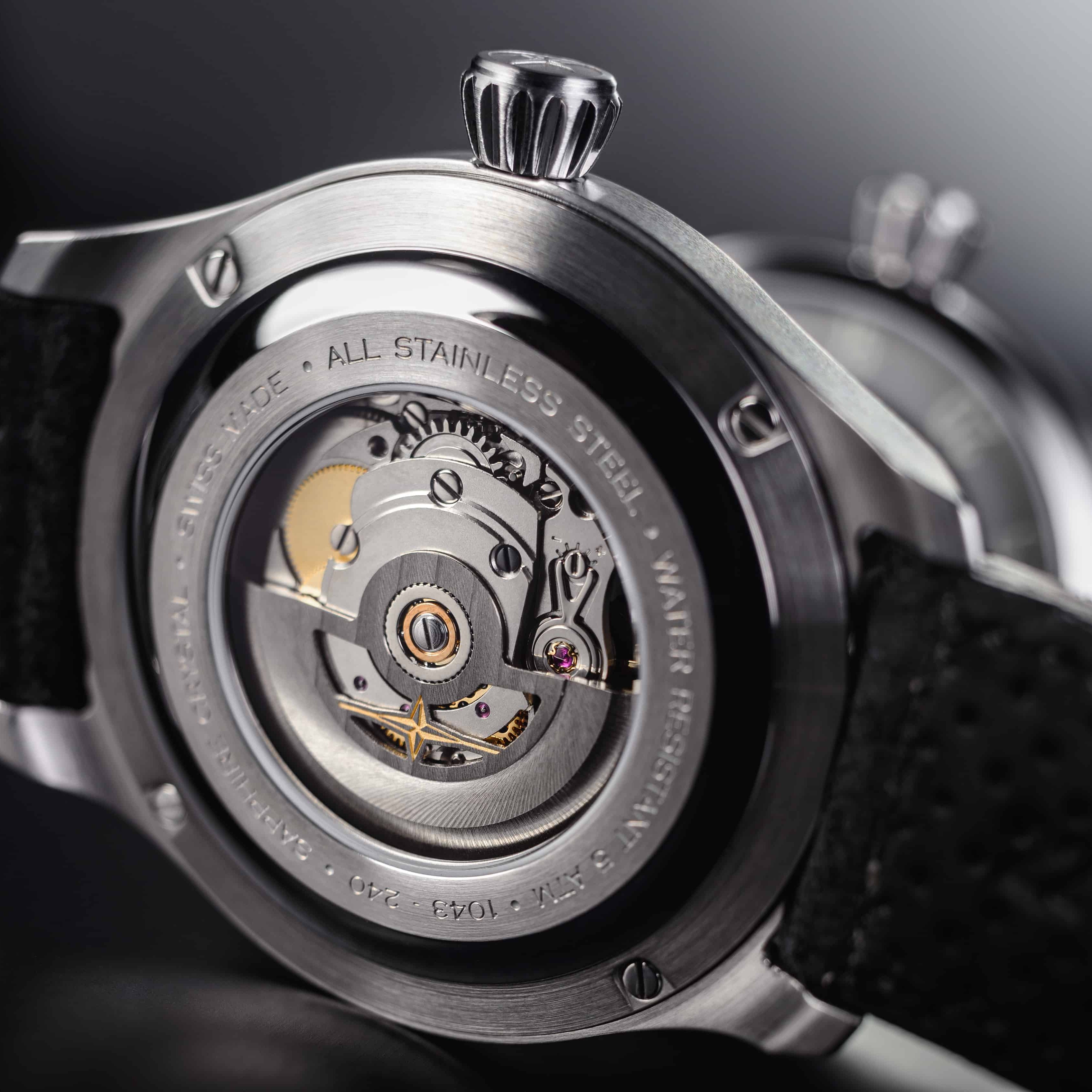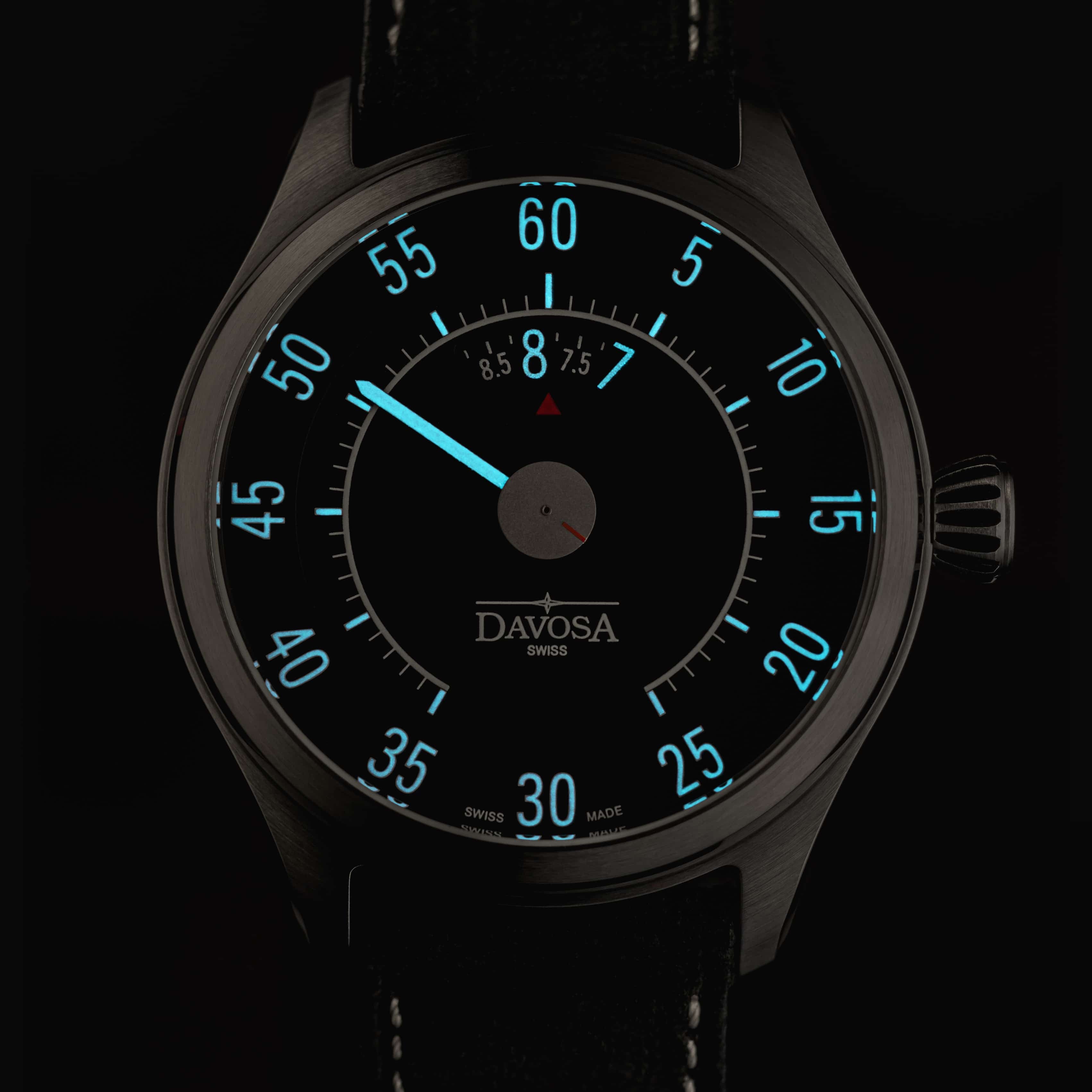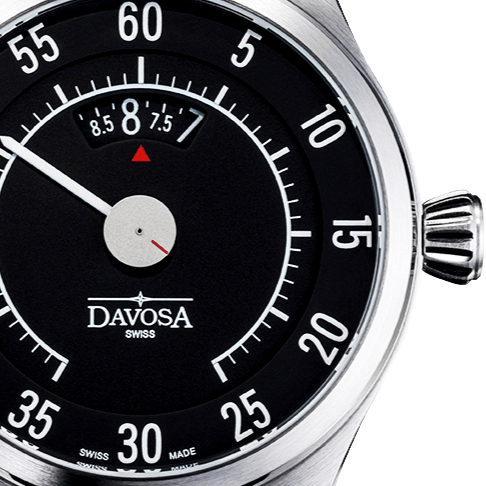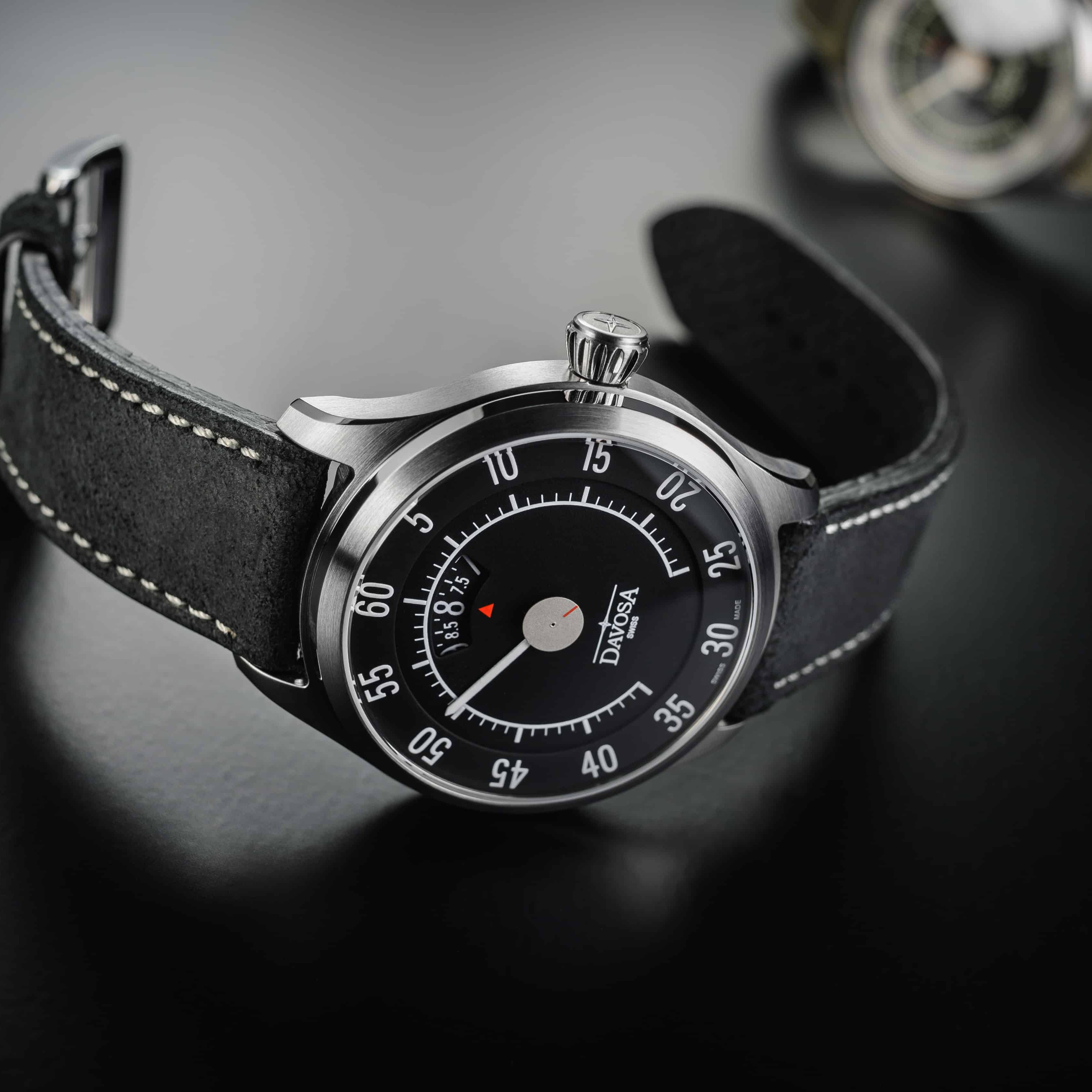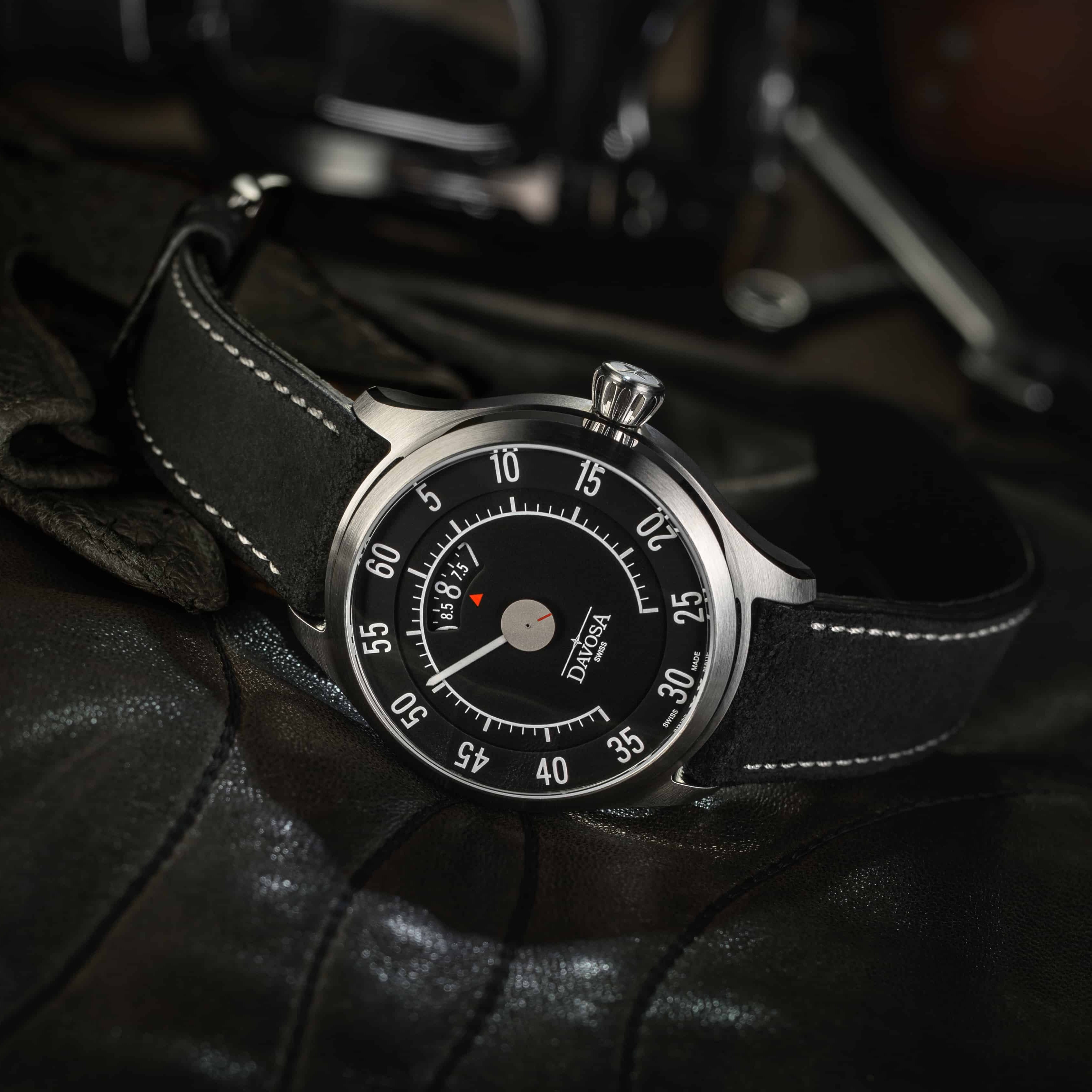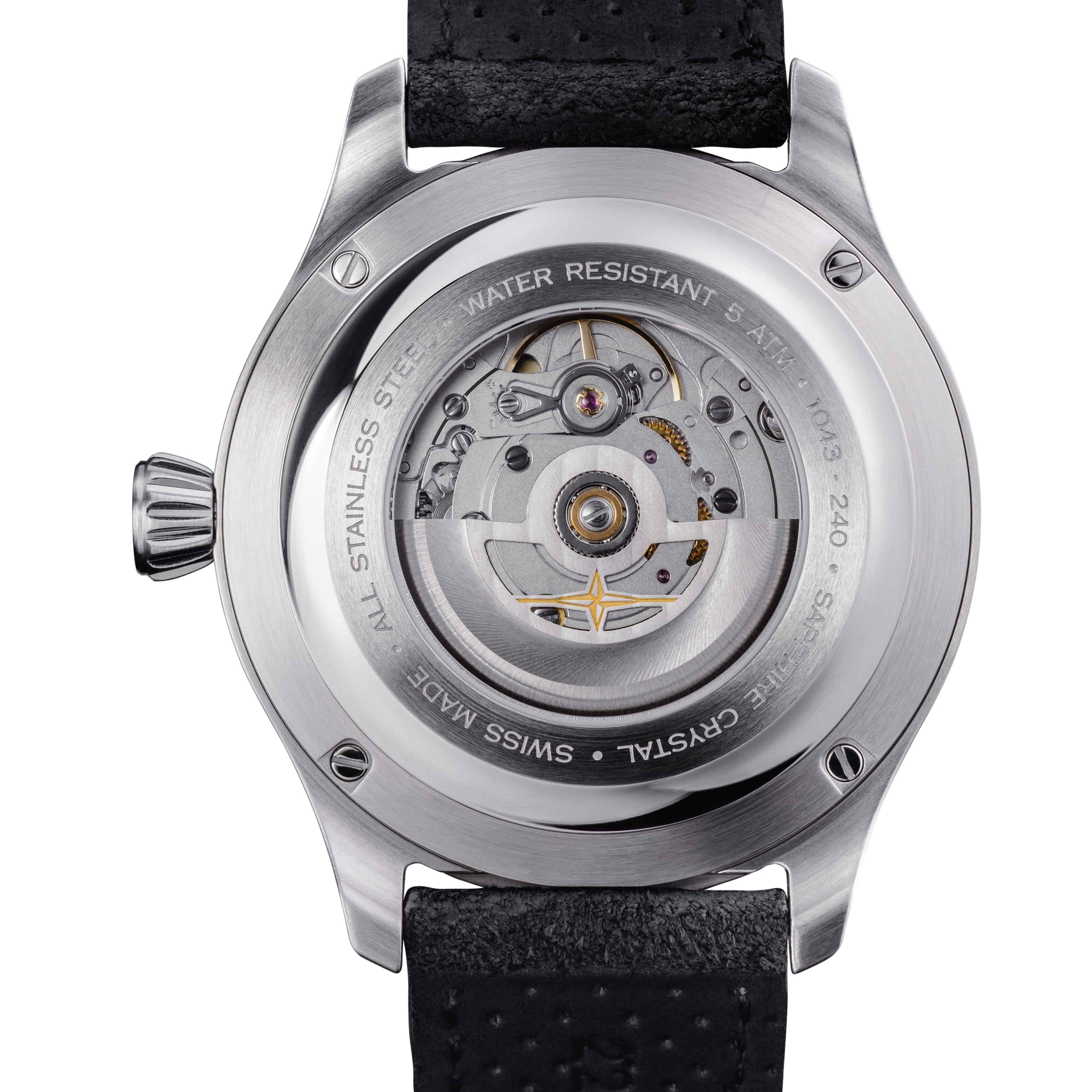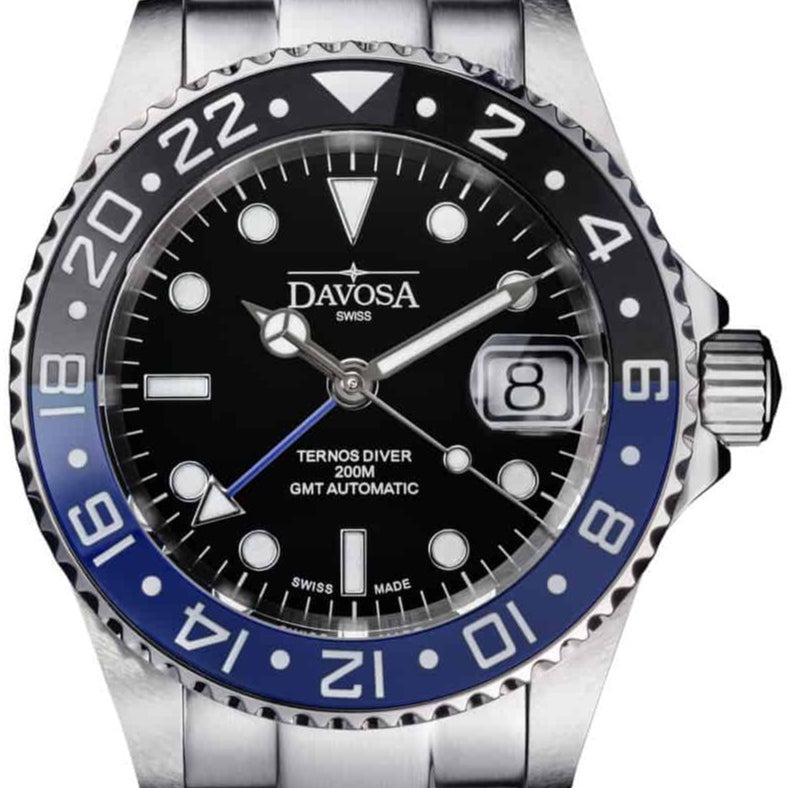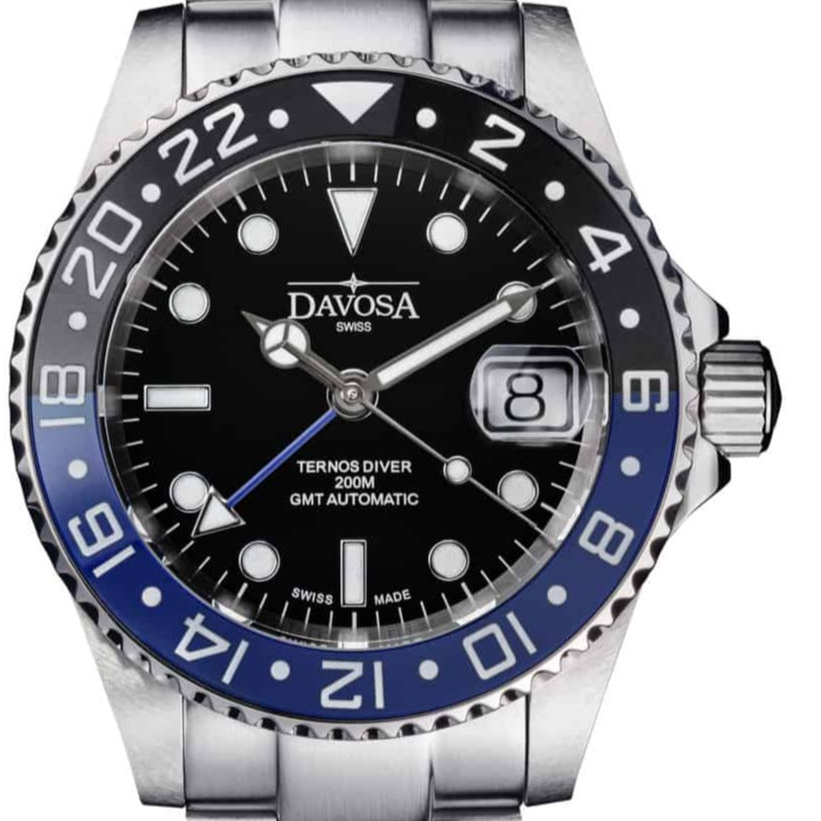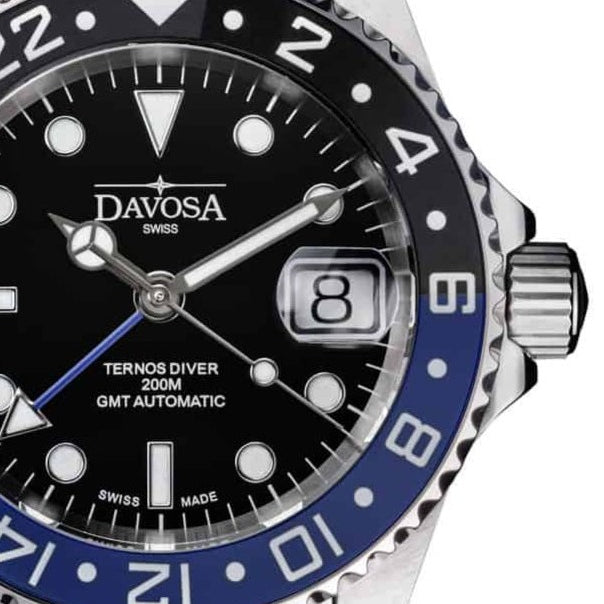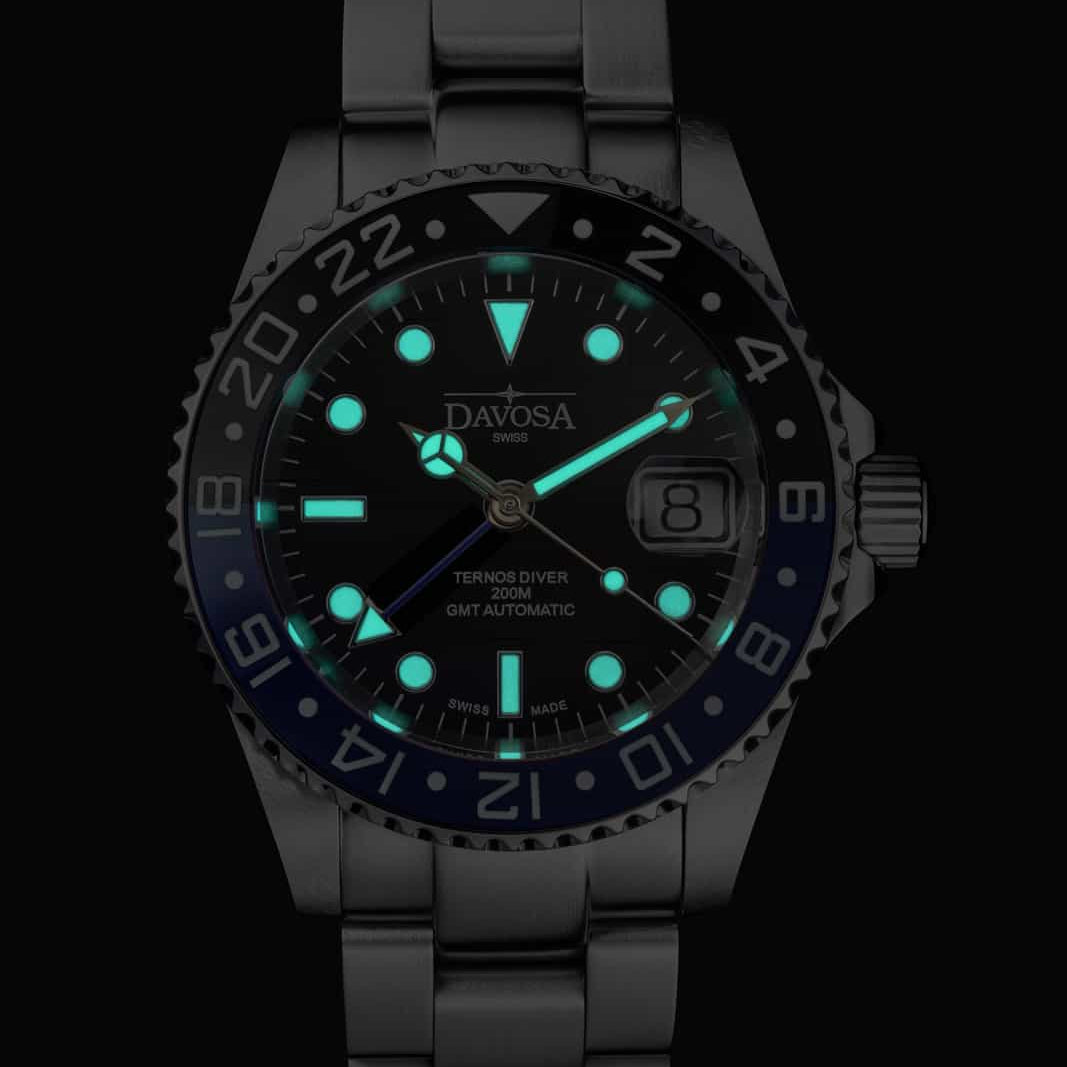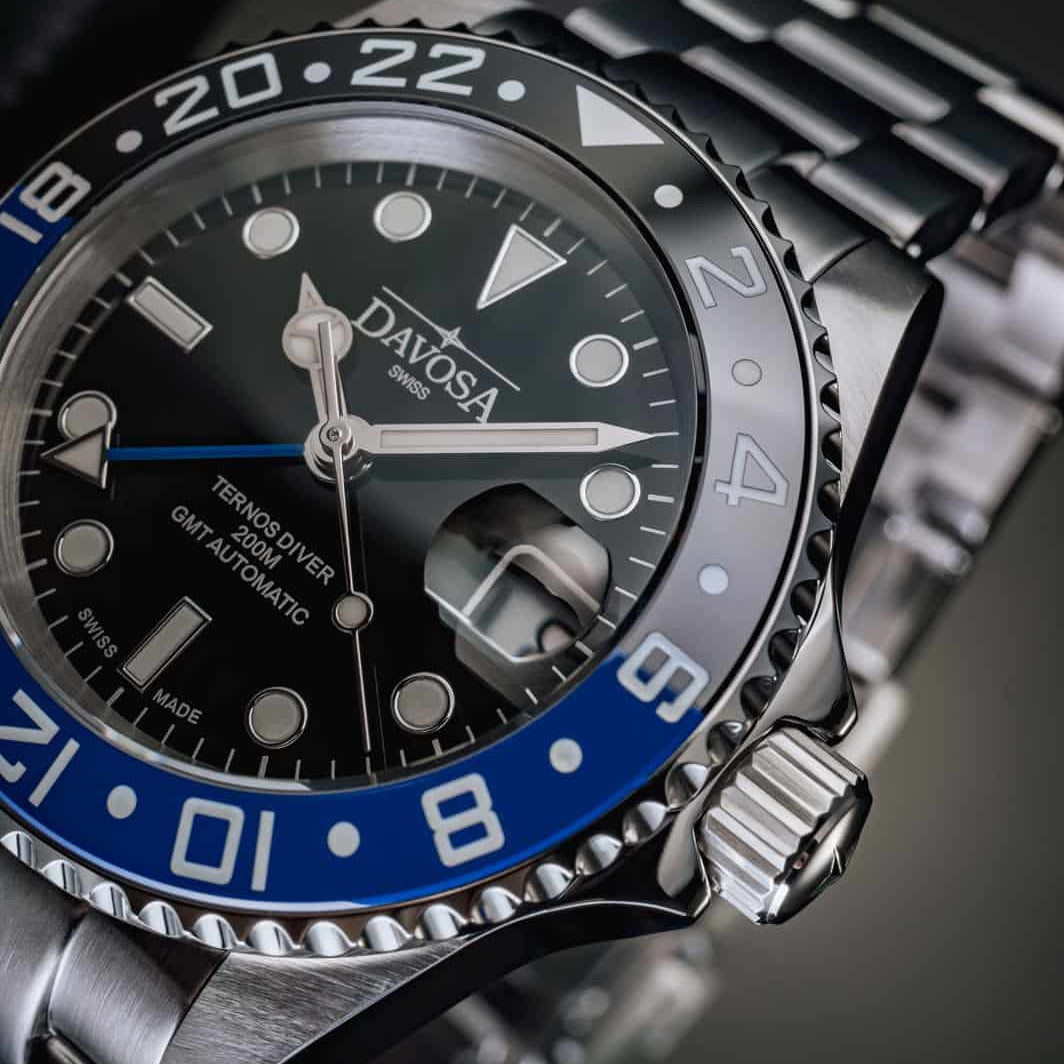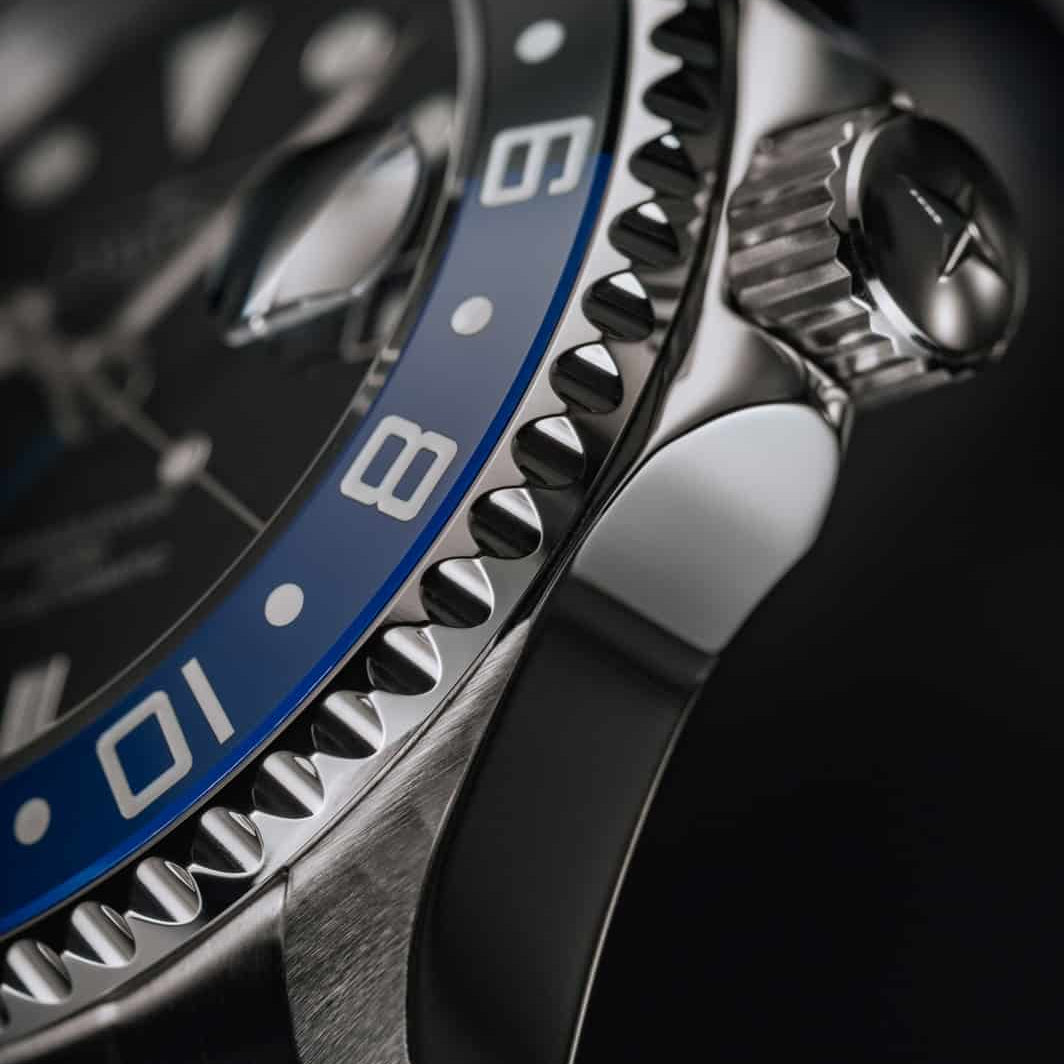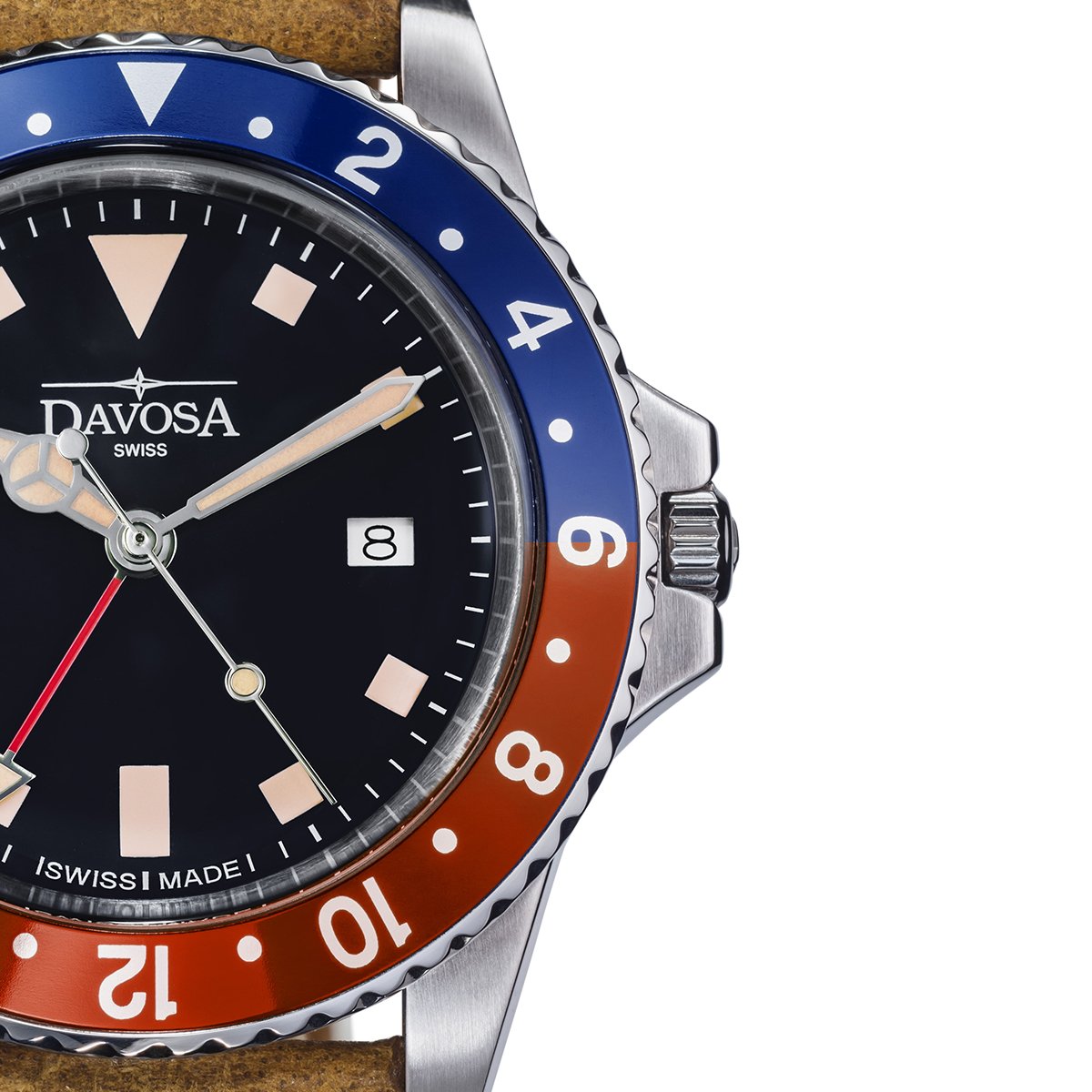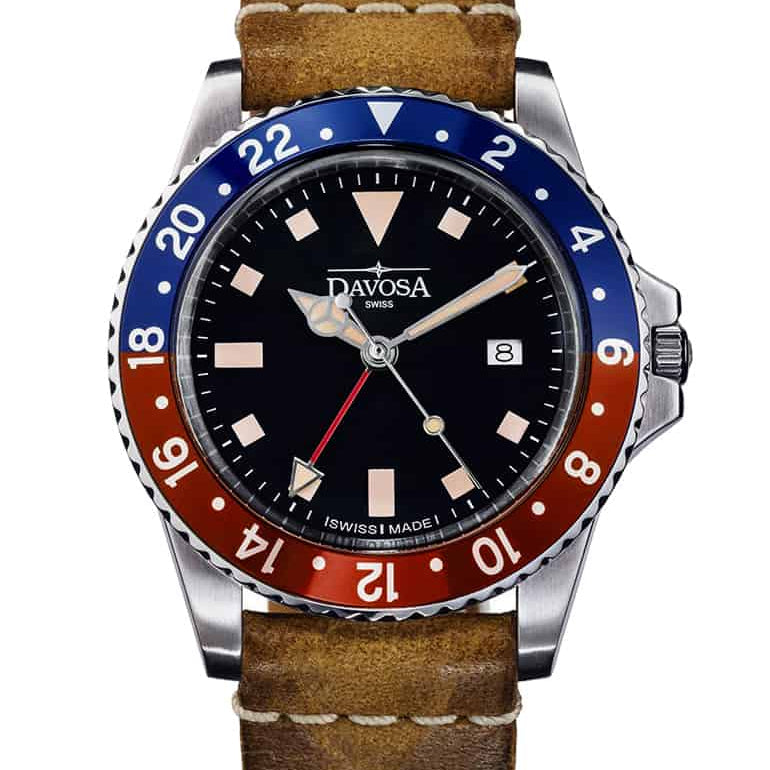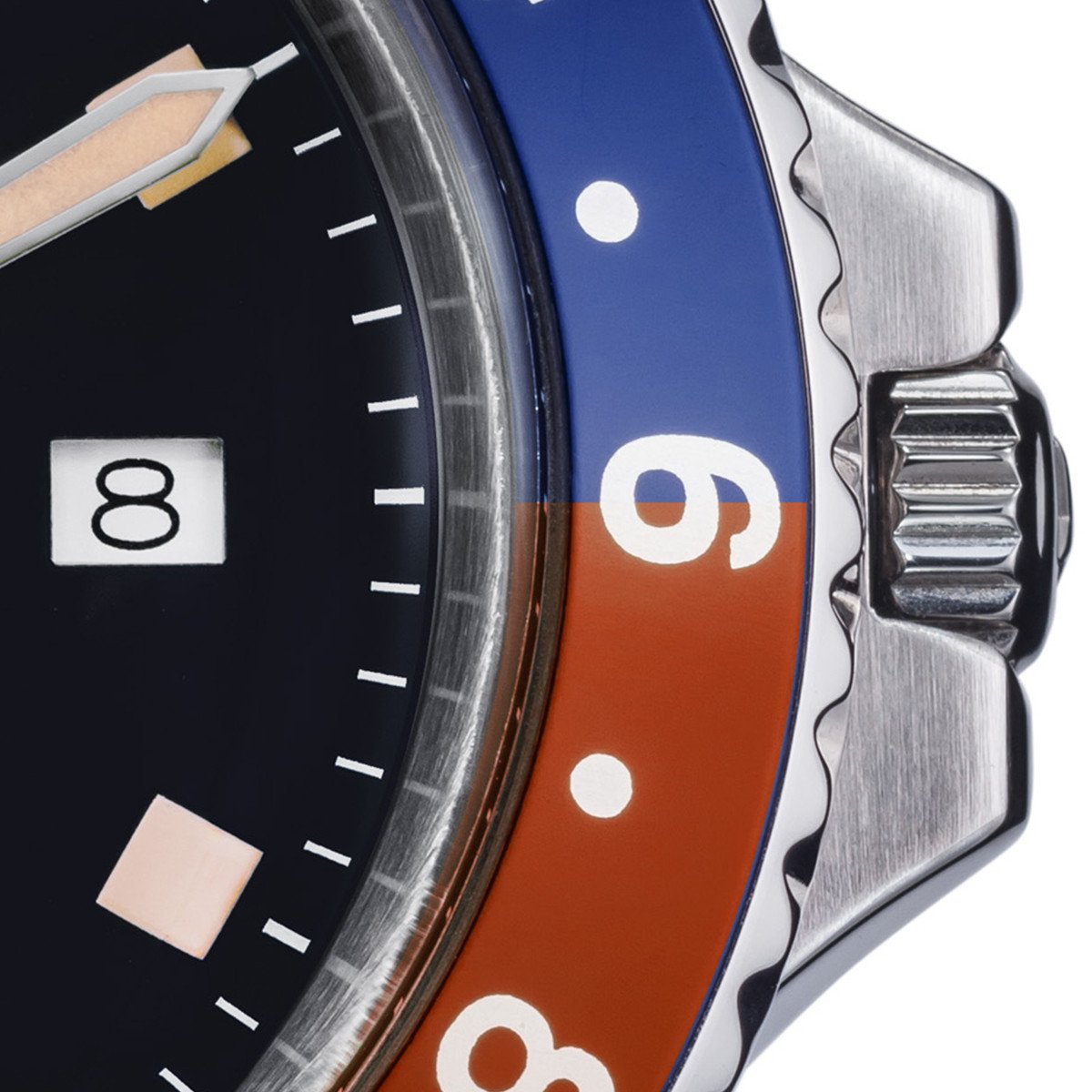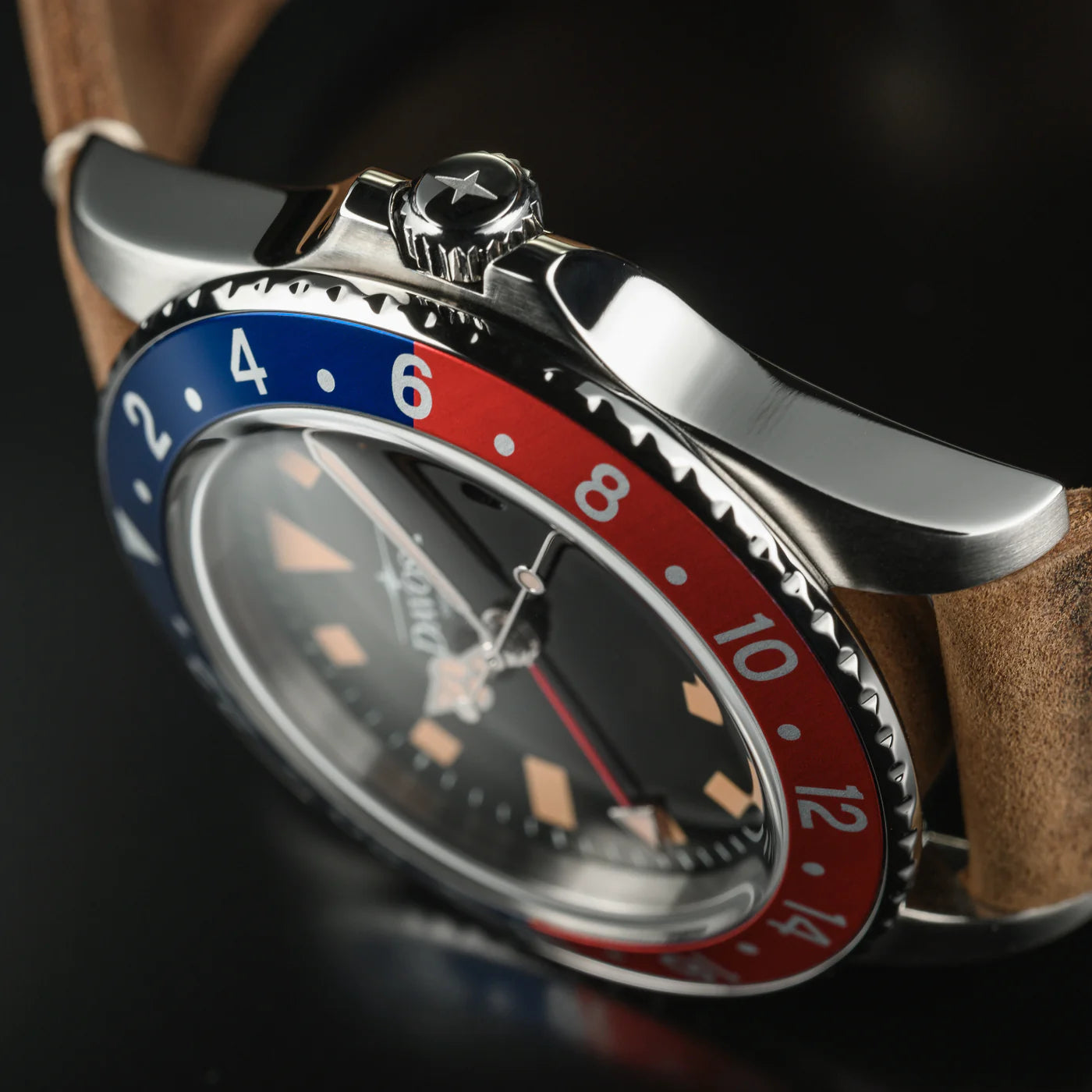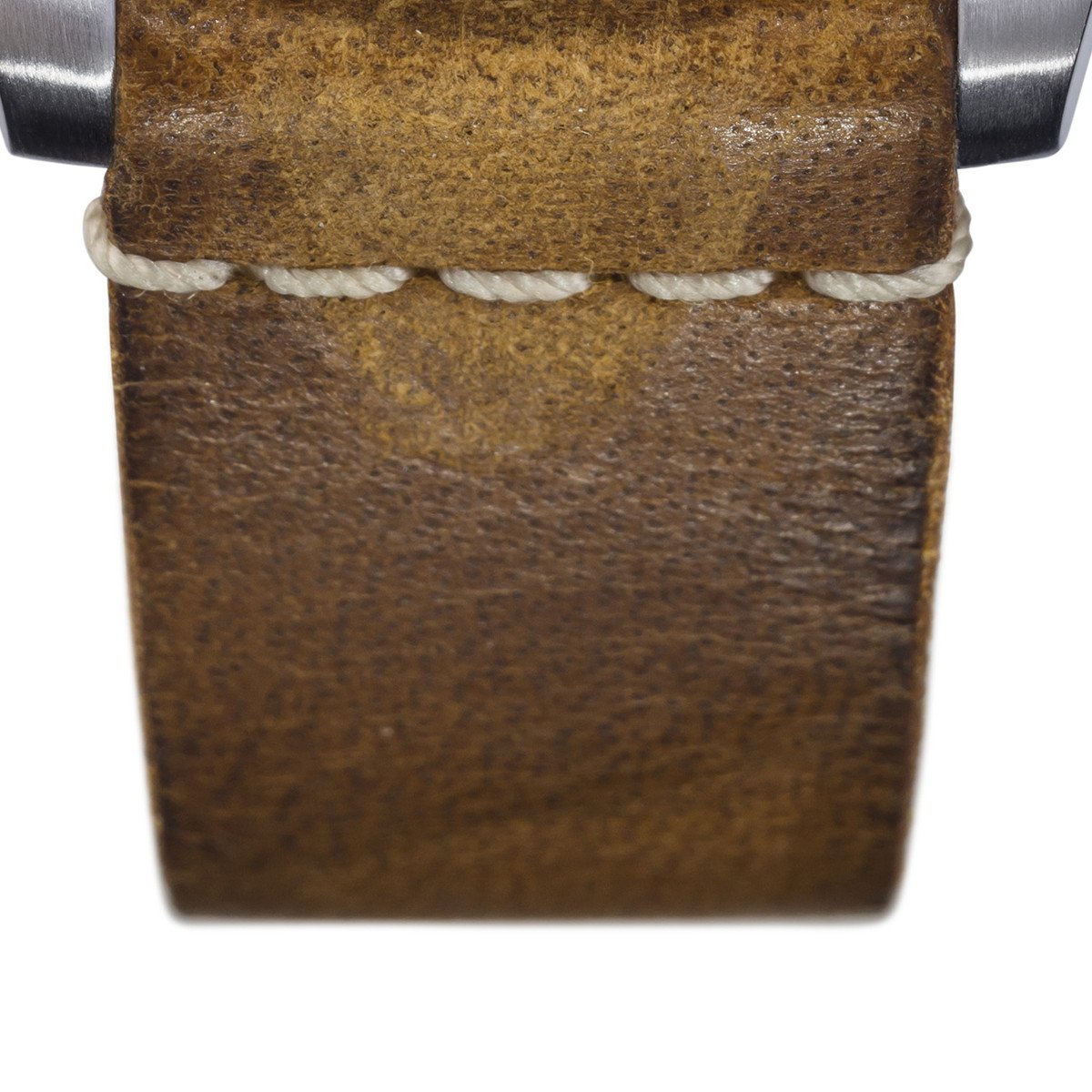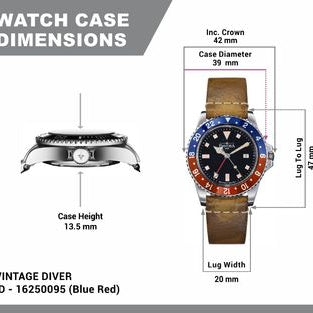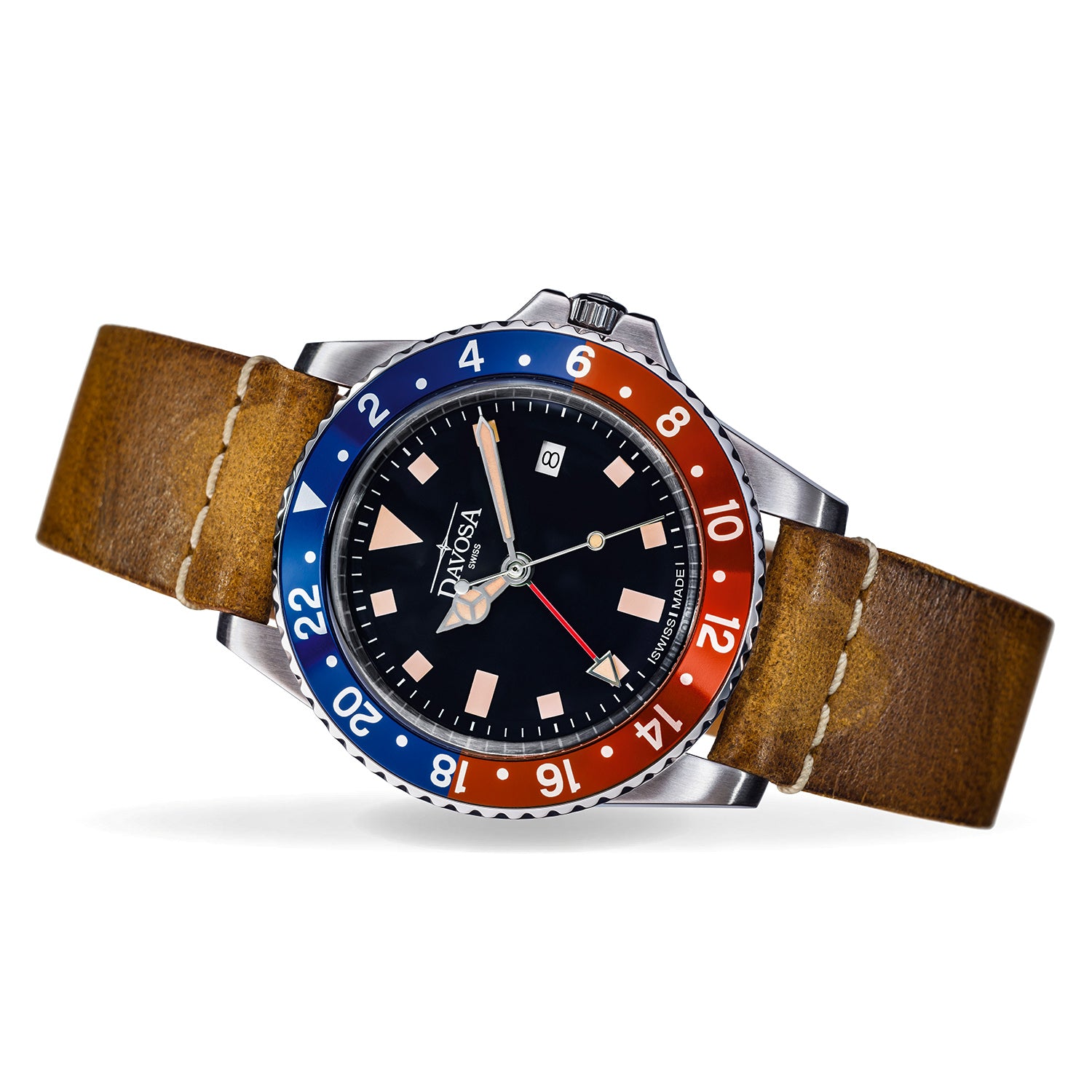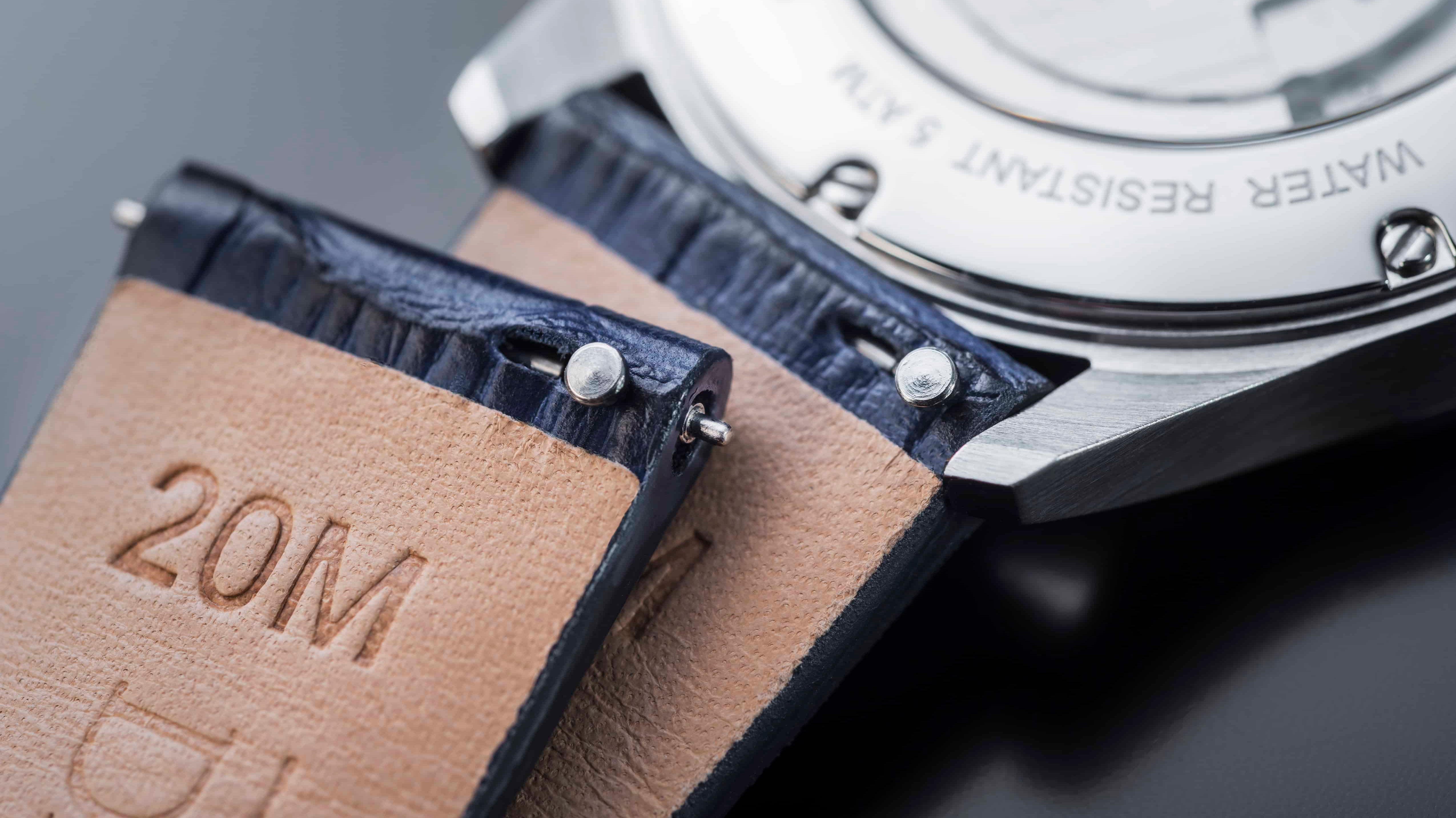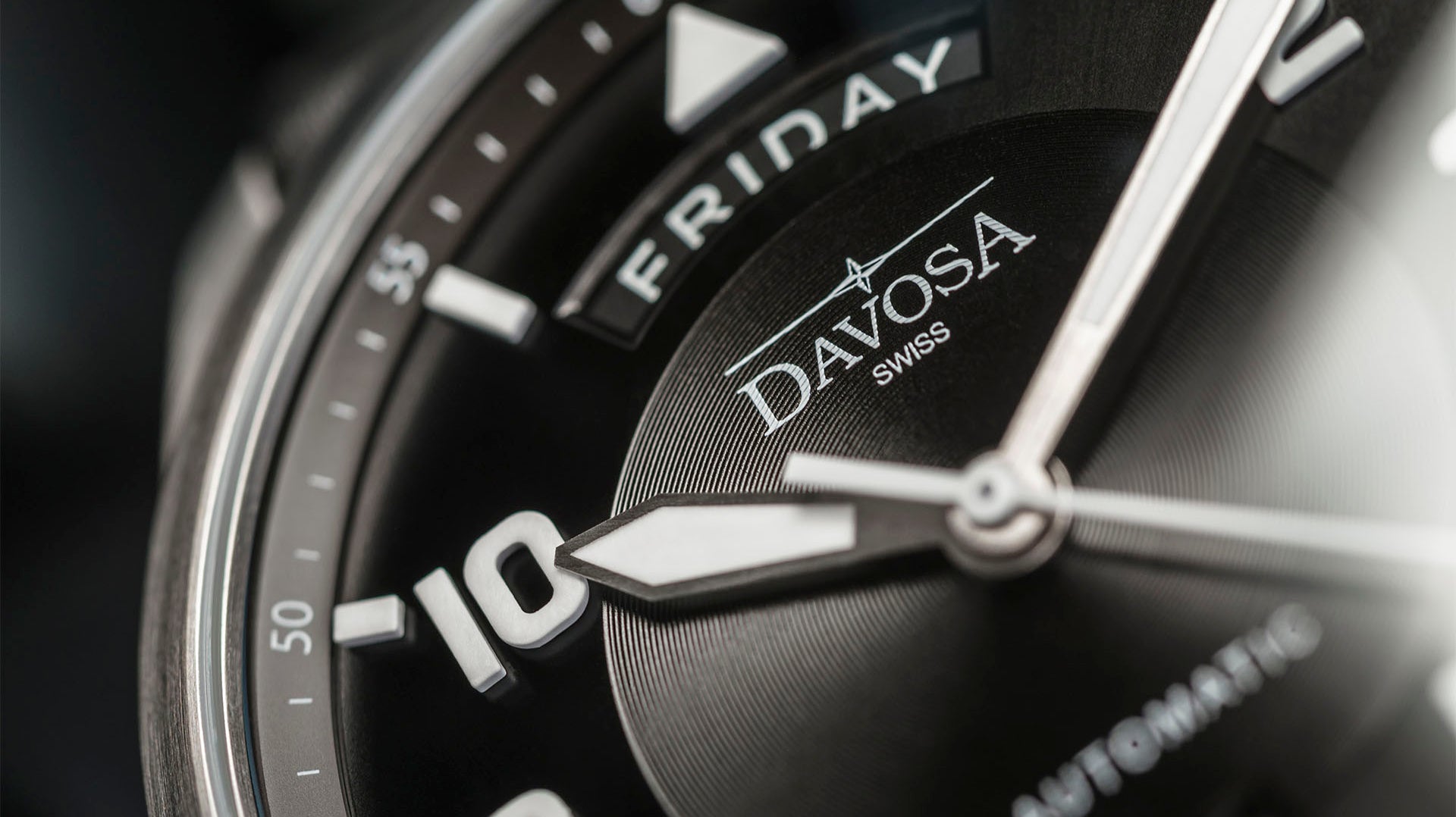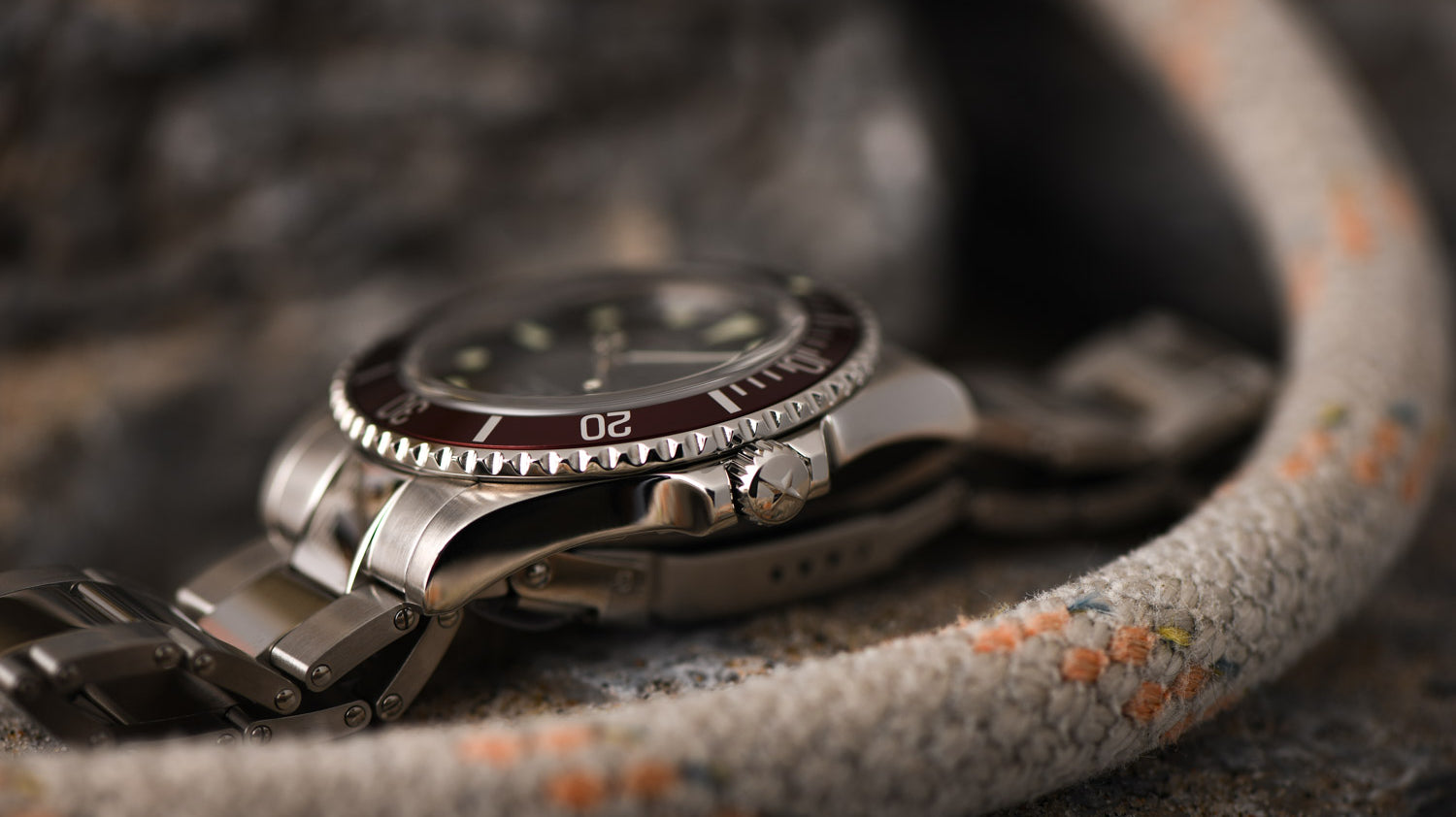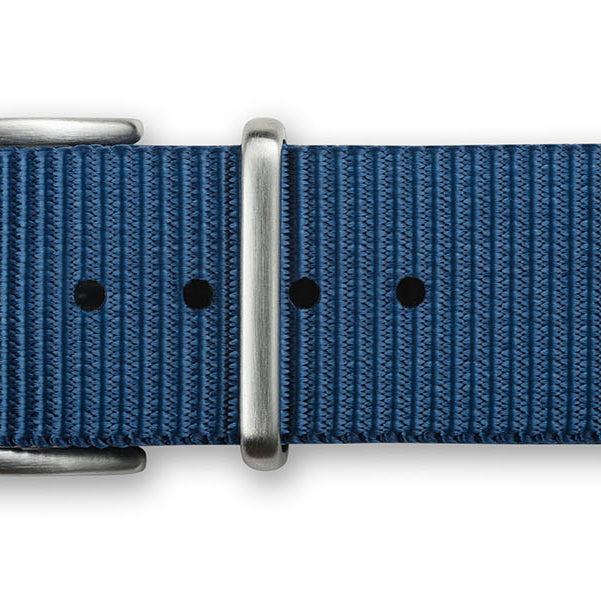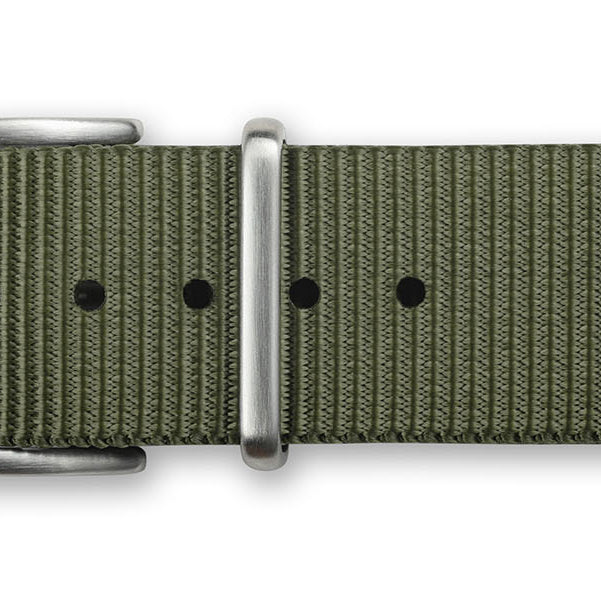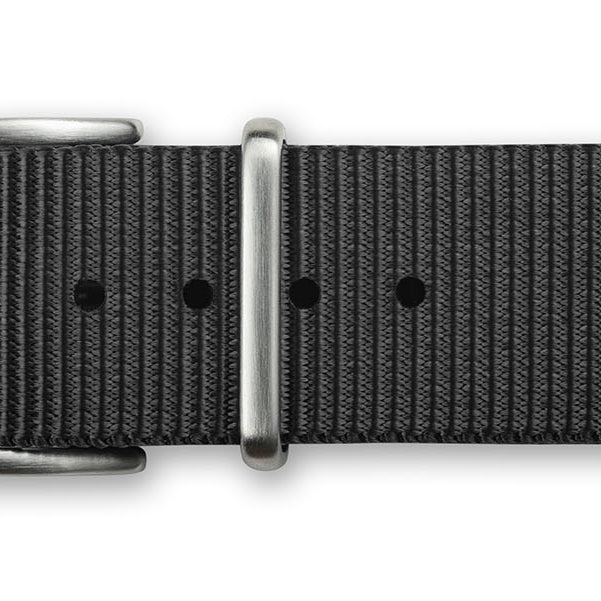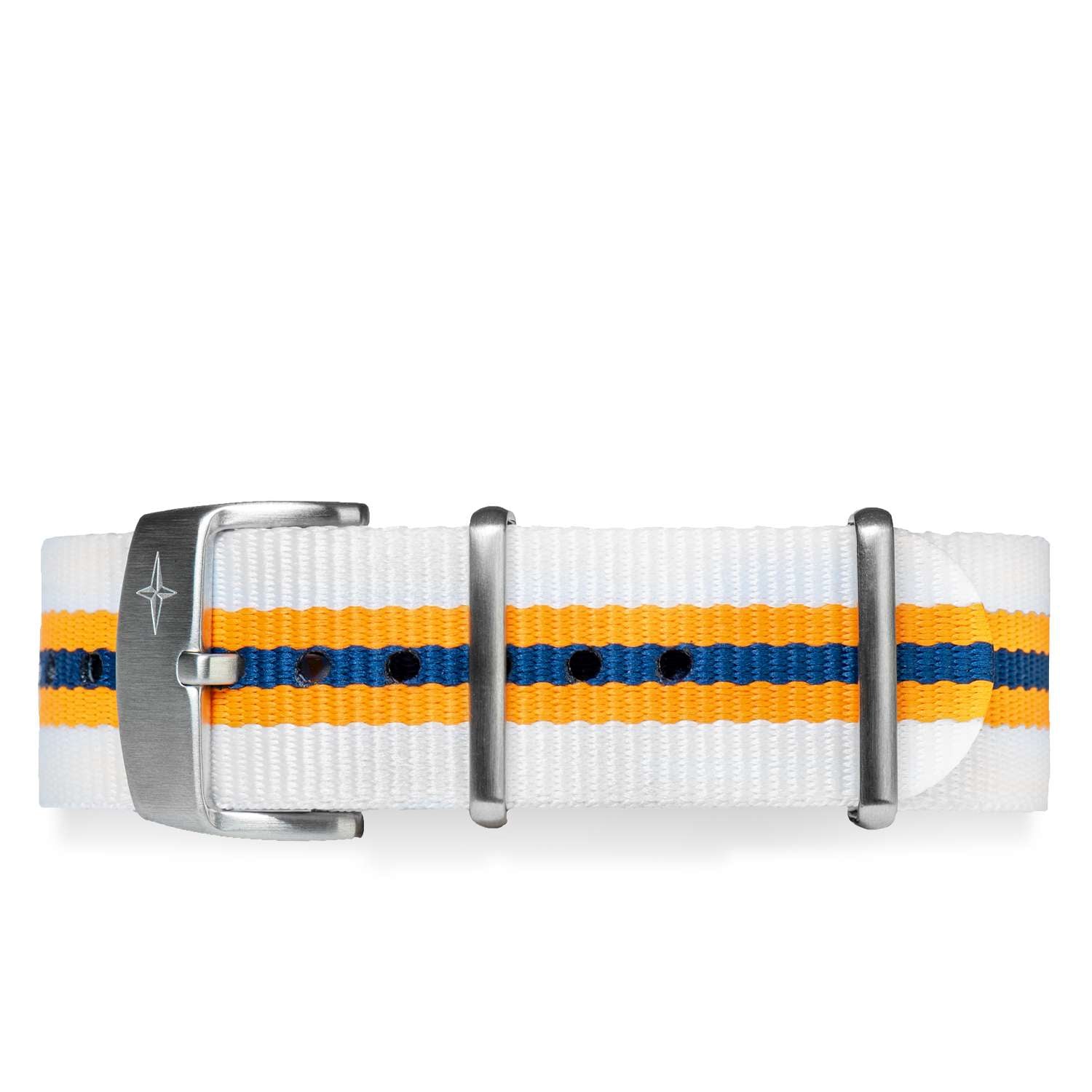February 26, 2022
How many times have we stopped to admire the mechanism of a running watch? More than we think - or tell others. And many times, we've wondered where that movement came from and, more importantly, what it is. Well, it's time to find out, don't you think?
How do you tell the movement of a watch?
We all know that watches usually are composed, with a few rare exceptions, of a case, which is a metal shell that contains and protects the delicate internal mechanism, and a movement, which is the caliber held in the case, and which is the true "beating heart" of the watch.
It is essential to know that not all Maisons produce the movements they mount in their watches. In fact, until the 1970s, this was relatively uncommon. The industry, especially in Switzerland, was composed of a veritable network of companies, each specializing in something - and one of the specializations was producing complete movements, which would then be sold to other companies so that they could manufacture their own branded watches. As we said, this production method - called Etablissage - was widespread.
On the other hand, some companies produce everything in-house, turning to the outside world only for a few very select watch elements, like balance springs. This working model is instead called Manufacture.
Of course, in between these two extremes, there are thousands of different nuances. Some companies would buy the movements, called ebauches, and mount them in their watches almost without customizing them. In contrast, others would intervene heavily on them, substantially modifying the calibers to make them perfect for their designs.
And even the various Maisons often behaved at times as Etablisseur and others as Manufacture. To make a famous case, Jaeger LeCoultre - the company is known in the watch industry as "the watchmaker of the watchmakers" and sold movements to the whole Holy Trinity of watchmaking - when it launched its iconic Reverso, for the first two years purchased the caliber from another company, namely Tavannes. So, we suggest you have a good laugh when you hear the debate about which is better between a manufacture caliber or an etablissage caliber.
The different kinds of watch movement - whether manufacture or not - that you will find inside a wristwatch are basically of six kinds - and they cover almost every case you will find in watchmaking:
- Mechanical Movement
- Automatic Movement
- Electromechanical Movement
- Quartz Movement
- Solar Movement
- Hybrid Movement
1 - Mechanical movement with manual winding
This is the most traditional movement of all watches and basically works thanks to the action of the mainspring that is periodically wound by hand, generally by turning the crown, by the watch user.
2 - Automatic mechanical movement
In this case, it is a mechanical watch that is automatically wound thanks to the movement of the user's arm. Automatic watches are very convenient because the automatic winding allows you always to never worrying about winding them. The winding system propelling the automatic watch movement is of different types, usually rotor or bumper-based.
3 - Electromechanical movement
Electromechanical movements, which were very fashionable in the sixties, and today no longer in production, brought together different types of movements that combined the power of a battery that operated a rather traditional mechanism. The only exception was the Accutron, which used a tuning fork as its regulating element, making it highly accurate.
4 - Quartz Movement
Quartz watches use a quartz crystal that vibrates at very high speeds as the regulating mechanism, and despite a very low cost, these movements provide excellent precision. They, too, employ a button cell battery as the driving power.
5 - Solar Movement
These are watches similar to quartz watches, where the button battery is replaced by an accumulator, which is charged thanks to solar cells usually located behind the watch's dial.
6 - Hybrid Movement
These are watches with particular systems of winding or regulation that do not fall into the previous cases: two of the most famous are represented by two Seiko technologies, the Kinetic and the Spring Drive.

How do I find the movement number on my watch?
If we believe that the problem of copies and fakes in watchmaking is a recent thing, we must know that it is not so. The first historical fakes date back to about 1697 when in England it was ordered by William III that every watch should bear the name of its manufacturer and place of origin, and one of the first to introduce a serial number reference was Thomas Tompion, in the early eighteenth century.
Since then, serial numbers for identifying watches, and in part, calibers, have continued to be used, generally engraved on the bridges, in the case of movements, or on the case back for watches.
But with the significant development of watchmaking caused by industrialization at the end of the nineteenth century, the practice of engraving an identification number for each individual movement was not always respected. Indeed, it happened only in the case of the most important and prestigious timepieces. In other cases, only a production batch number (typical of Seiko watches) or even the reference of the particular model produced is reported.
In reality, this makes the identification of fakes in watchmaking more complicated. We have cases like Omega and Longines, which have exceptionally well-organized archives. But in several other cases, the documents of the watchmakers have been destroyed, so it is impossible to trace back, except in broad terms, the year of construction and the original characteristics of the timepieces.
This work is often carried out by legions of enthusiasts who, with patience, based on individual timepieces, reconstruct the history of a brand, perhaps important but unfortunately neglected by history. This is why, in many cases, the best reference to look for a serial number and establish the authenticity of a piece is that of the forums of watchmaking enthusiasts.
That said, usually, a movement will bear the serial, if any, on one of the upper bridges, typically near the brand logo. In other cases, which mainly concern antique watches, this was reported on the plate, often under the dial, so to examine it was necessary to disassemble the watch.
In some cases, the number reported on the movement coincides with the watch's serial number. In contrast, in other cases, it does not - every company has its history, and to establish how the coding system is organized (not all of them have a simple progressive number), it is necessary to refer to the specific case.
Watch movement identification database
If you're at this level, it means you're far along in the process of becoming an actual watchmaker. Identifying the movement type of a watch requires patience and care and is done in stages. First, you need to find out who the manufacturer of the movement is, measure and evaluate it to find out precisely what movement it is.
Let's start with the manufacturer. Every manufacturer generally engraves its mark on the movement: it is a small symbol that is often located on the main plate, usually near the balance, but in other cases, it is positioned on the opposite side, under the dial. Once we find the mark, we need to find out who it belongs to (and in the history of watchmaking, there have been hundreds of different movement manufacturers), and at this point, measure it with a caliper to check its size.
Armed with this information, we can do an online search for the movement. And it just so happens that there is a vast free database, put together by an enthusiast: Dr. Ranftt, that gathers details and photographs of thousands of different movements. A search such as "Ranftt Movement Database" will be just what you need to find this incredible resource for any amateur or experienced watchmaker.
Each movement in the database is described by technical characteristics, year of manufacture, and type of compatible parts, such as, for example, the winding shaft. Remember though: as we have already said, many Maisons during their history have modified movements, for example, changing the shape of the bridges, so that the photographs you find in the database may not completely correspond to the caliber in your possession. Therefore, you will have to develop some sleuthing ability to understand the true nature of the movement you are examining. But this is the hallmark of a good watchmaker.

Main Takeaways
As we have seen, if we enter into the examination of a technical detail such as the movement, we begin to descend into the complex meanderings of the particularities of watchmaking - and the first difficulties start, since, despite industrialization, watchmaking has always remained a field that has more to do with craftsmanship than with mass production, at least until the middle of the last century.
But if it helps expand our knowledge and skills in the field of timepieces, welcome. A professional watchmaker can spot a caliber at a glance - and that must tell us a lot about the importance of expertise in a technical field like watchmaking.
The Davosa-USA.com website is NOT affiliated in any way with Audemars Piguet, Franck Muller USA, Inc. Richard Mille or Richemont Companies, Seiko, or any other brand which is not Davosa Swiss. Rolex is a registered trademark of Rolex USA. Davosa-USA website is not an authorized dealer, reseller, or distributor for Rolex and is in NO WAY affiliated with Rolex SA or Rolex USA or any other brand besides Davosa Swiss. |


